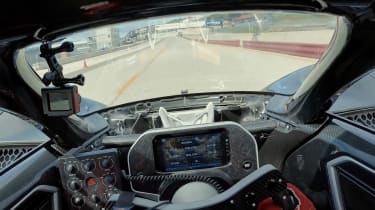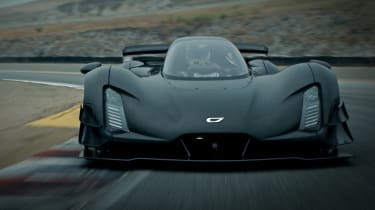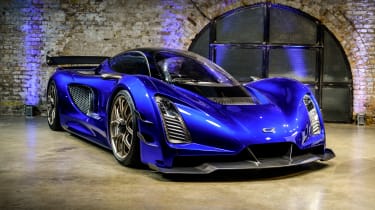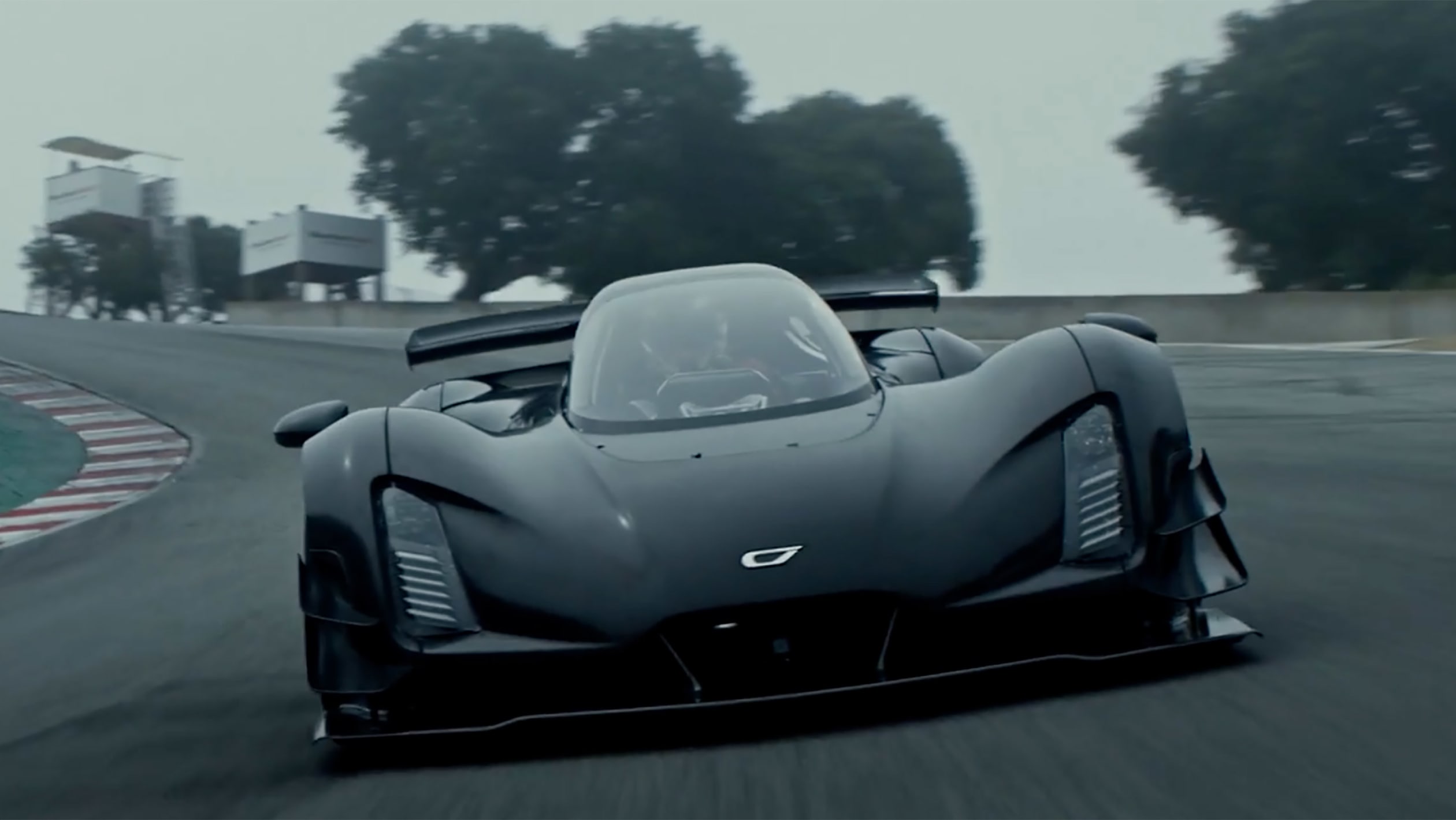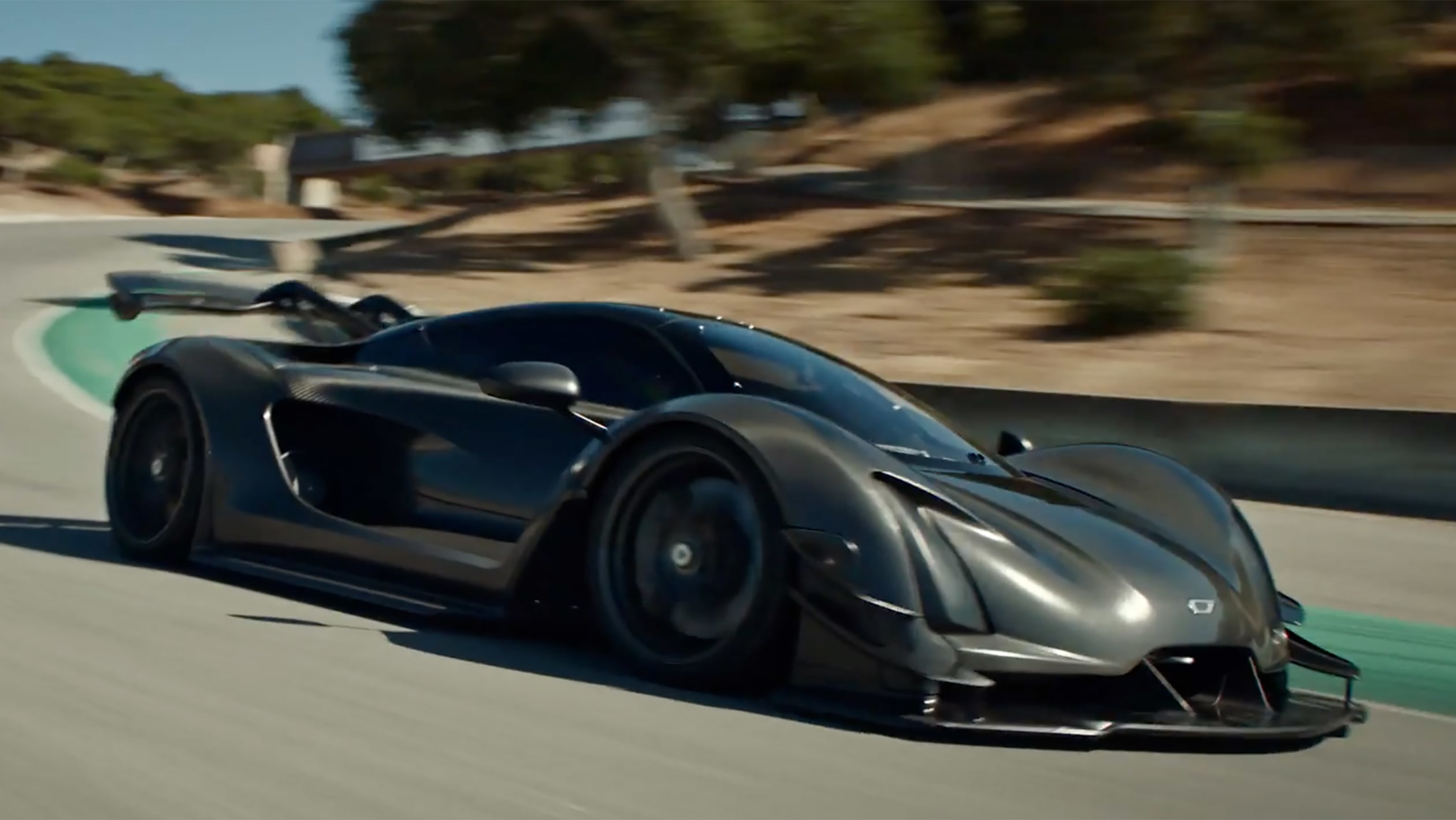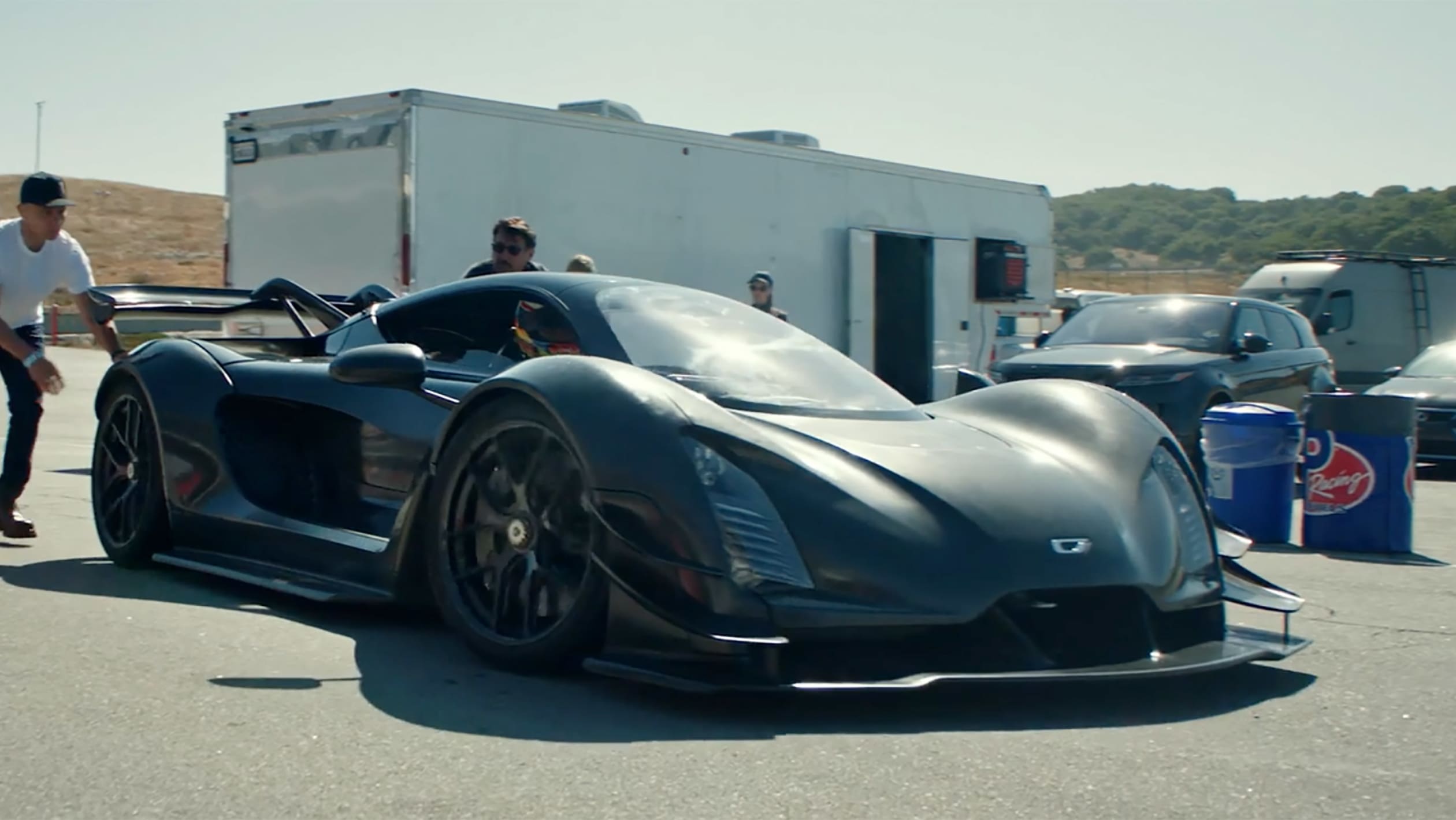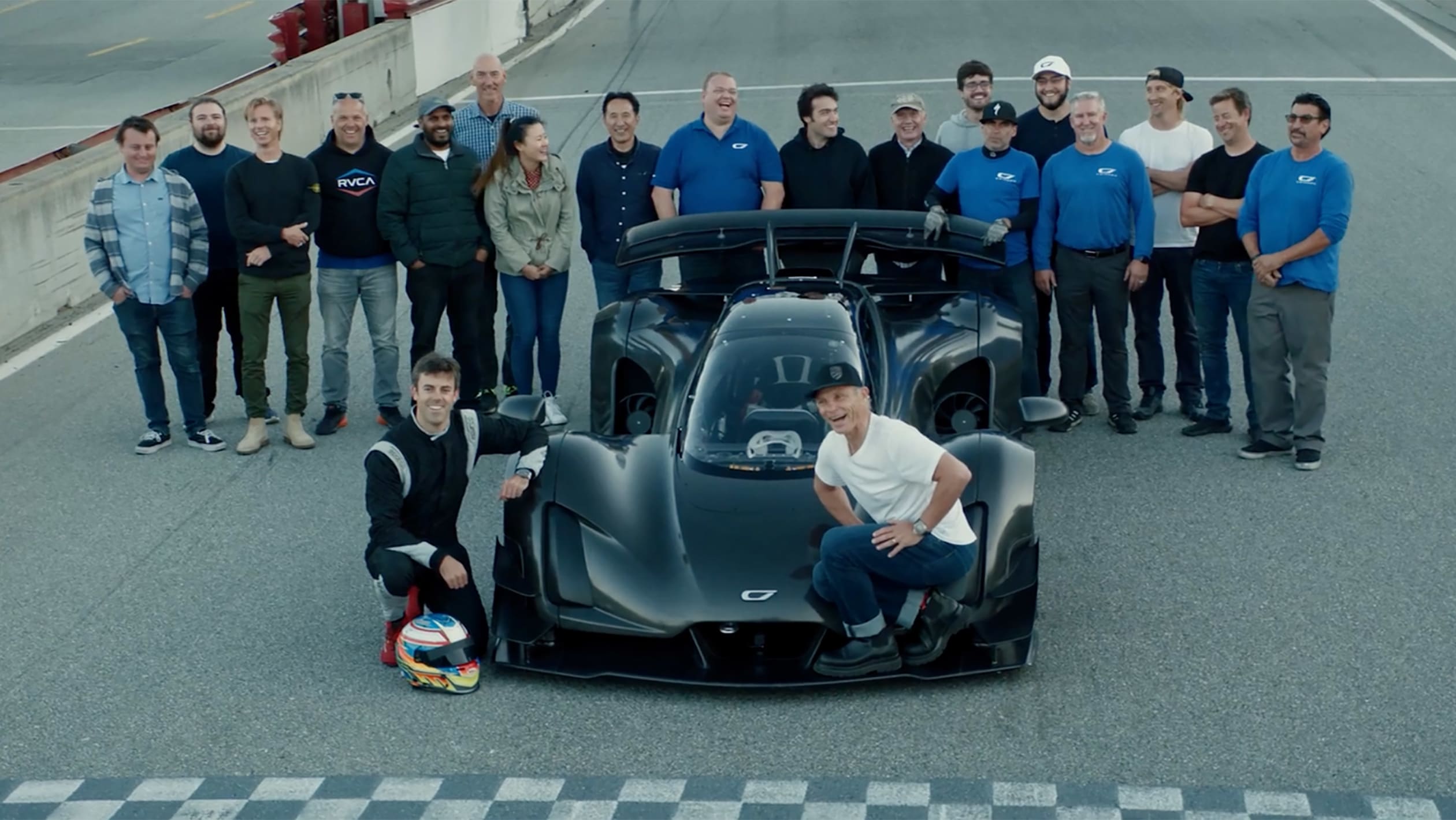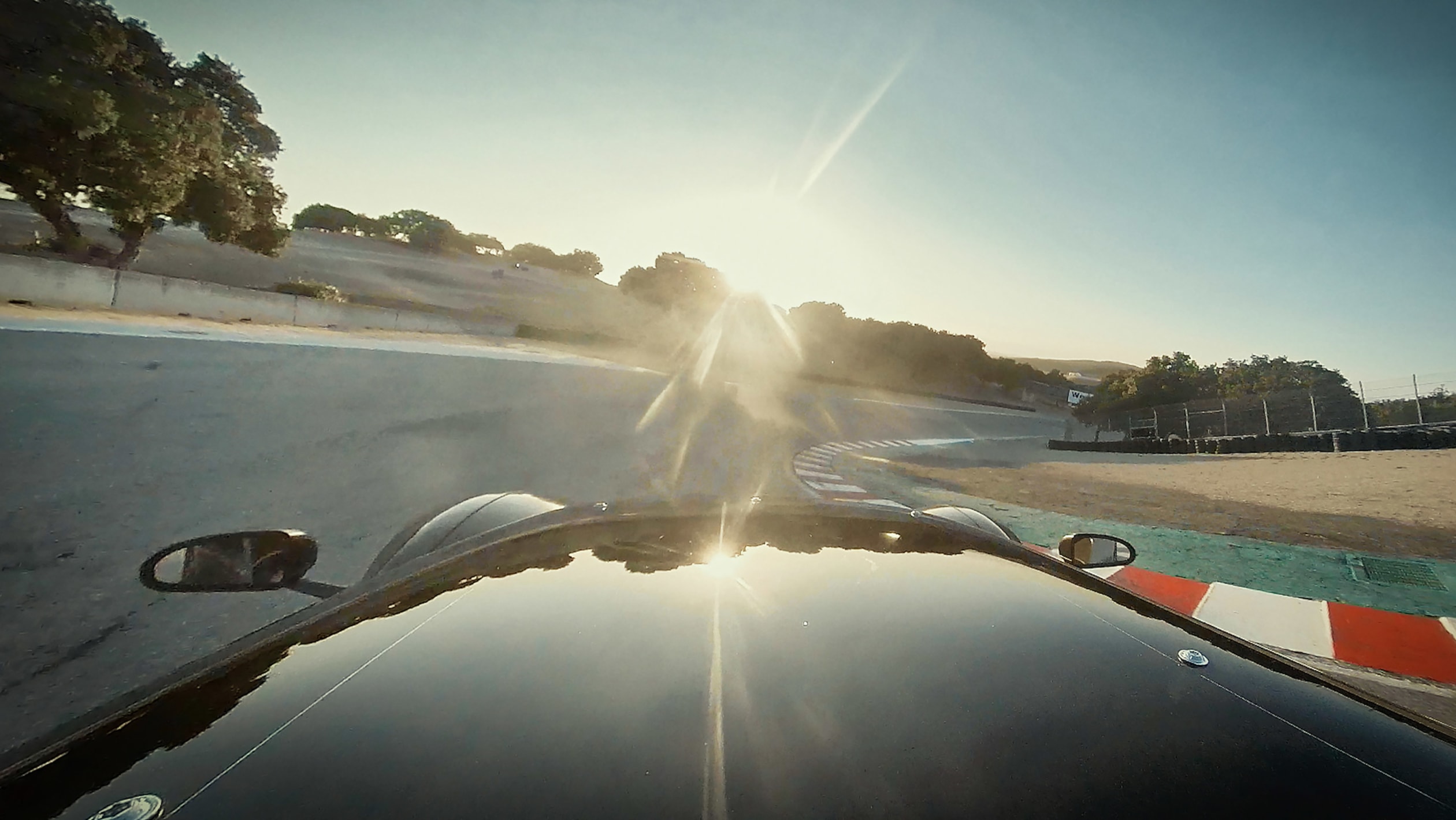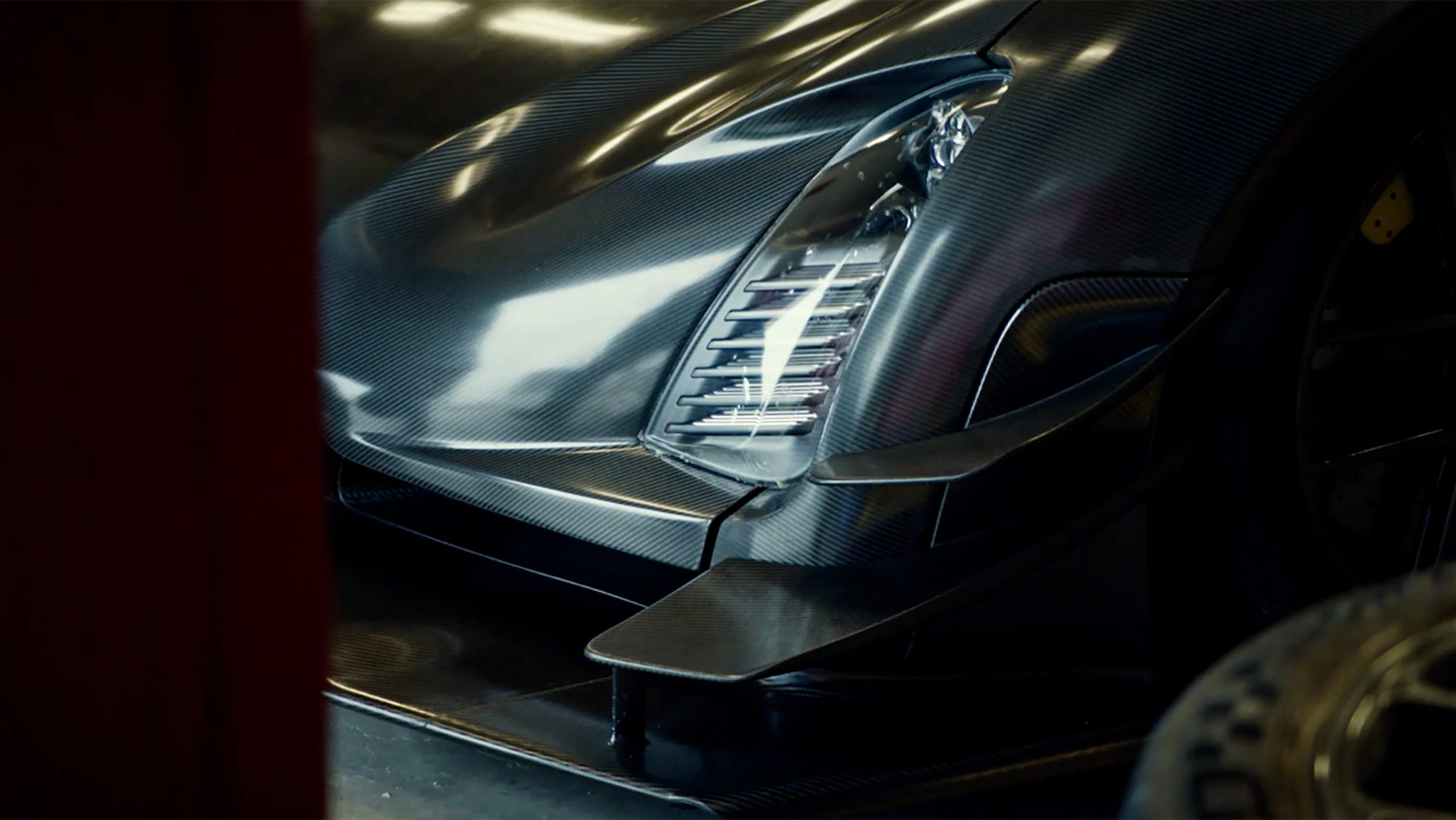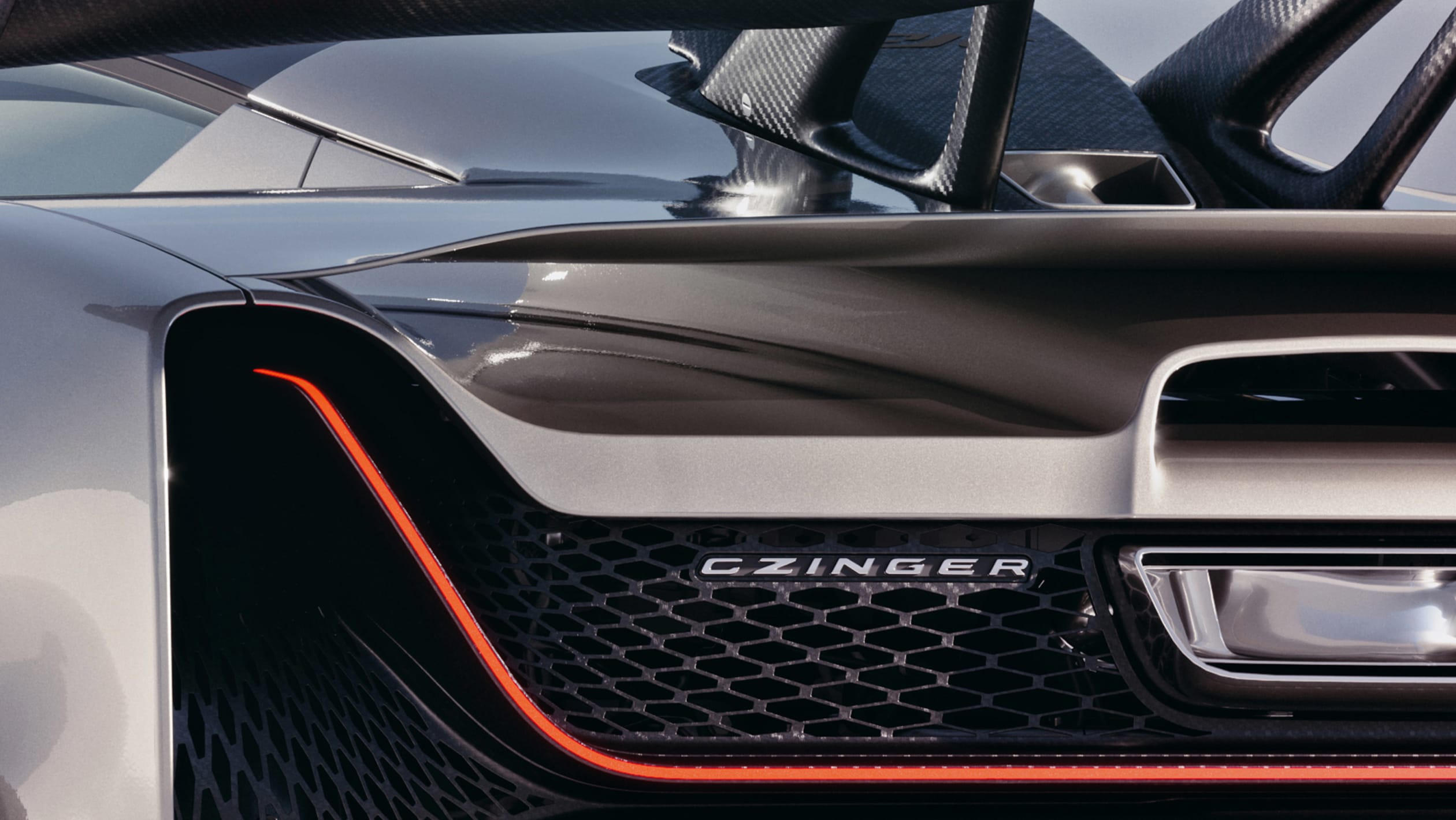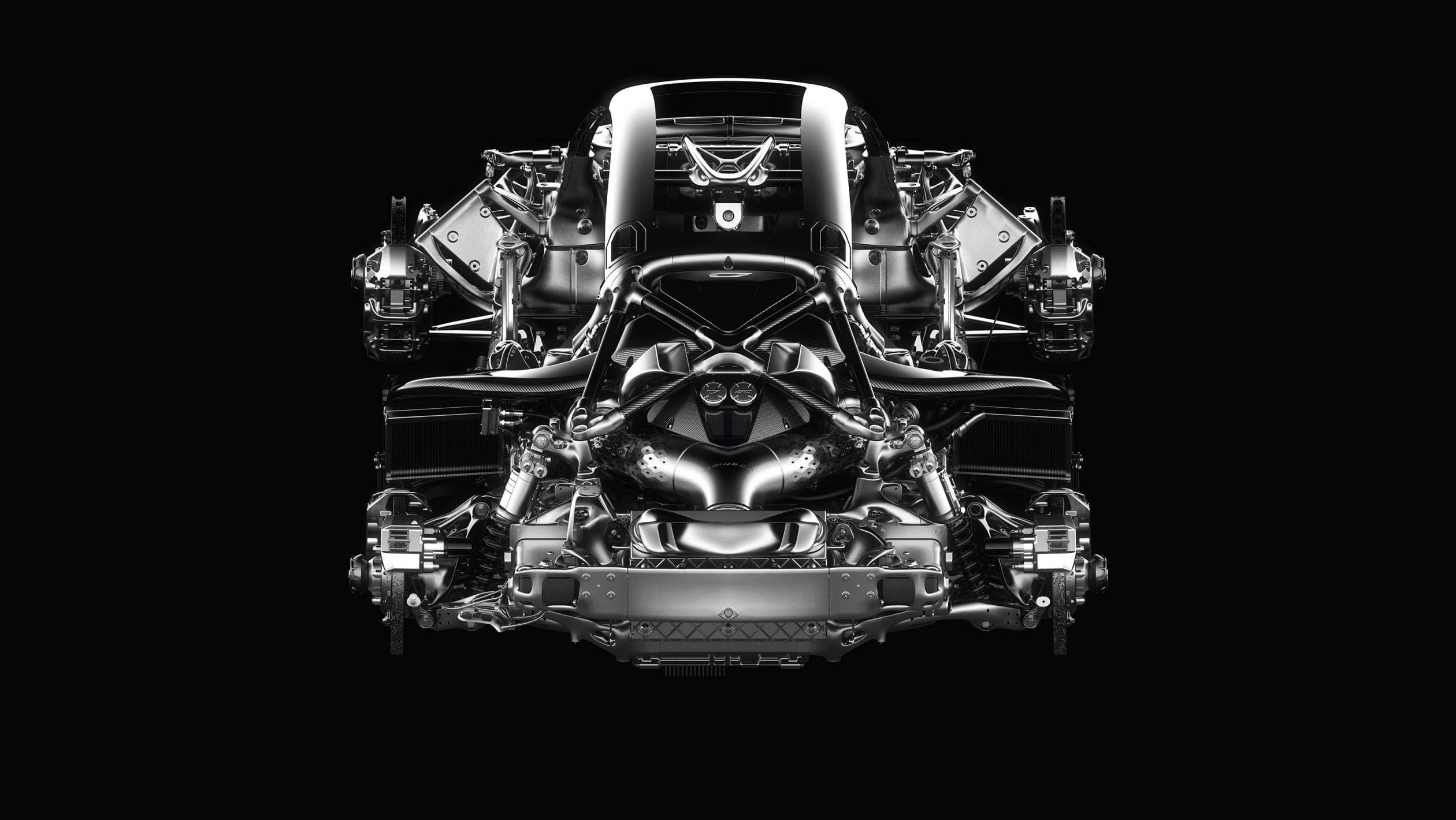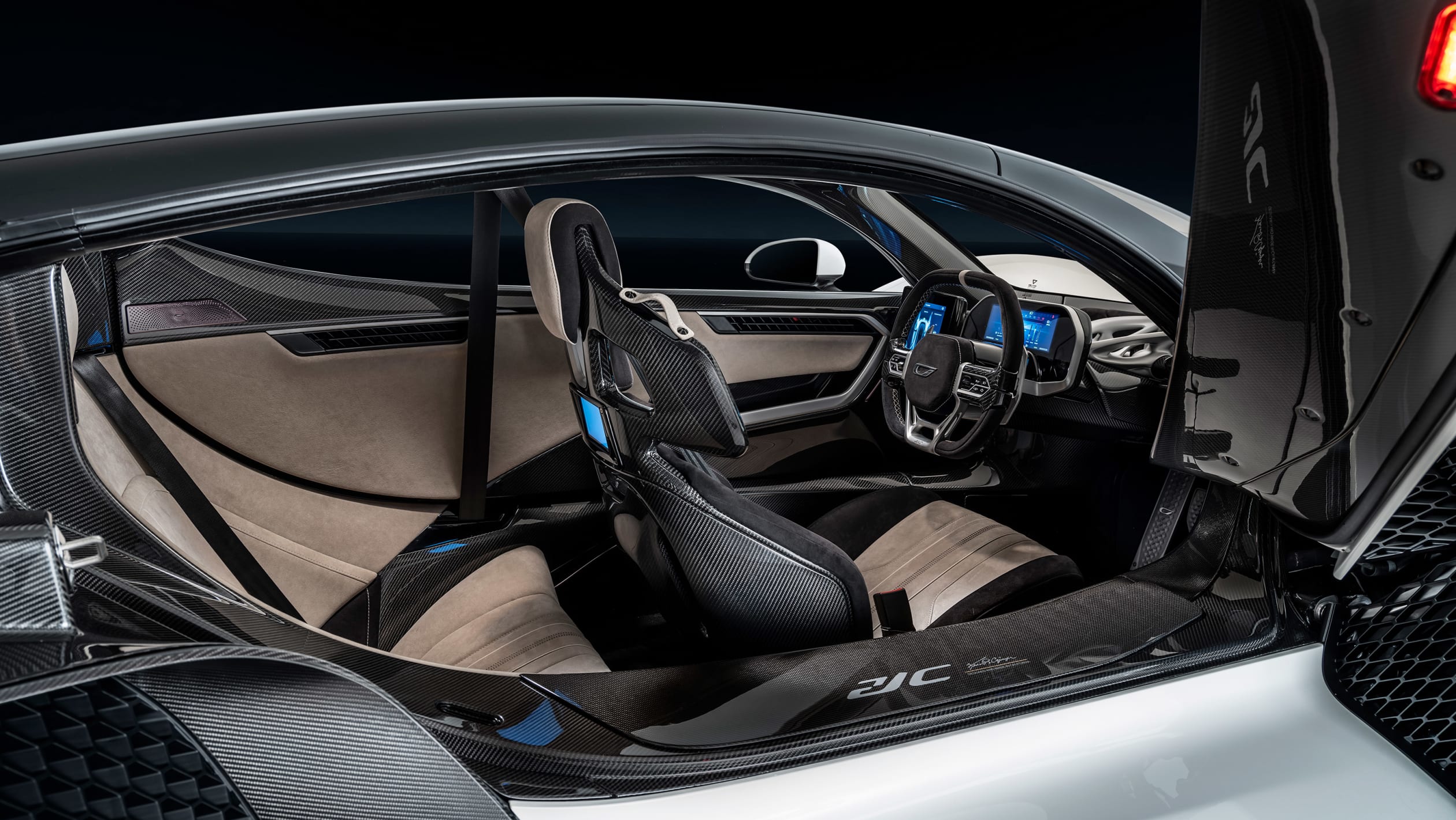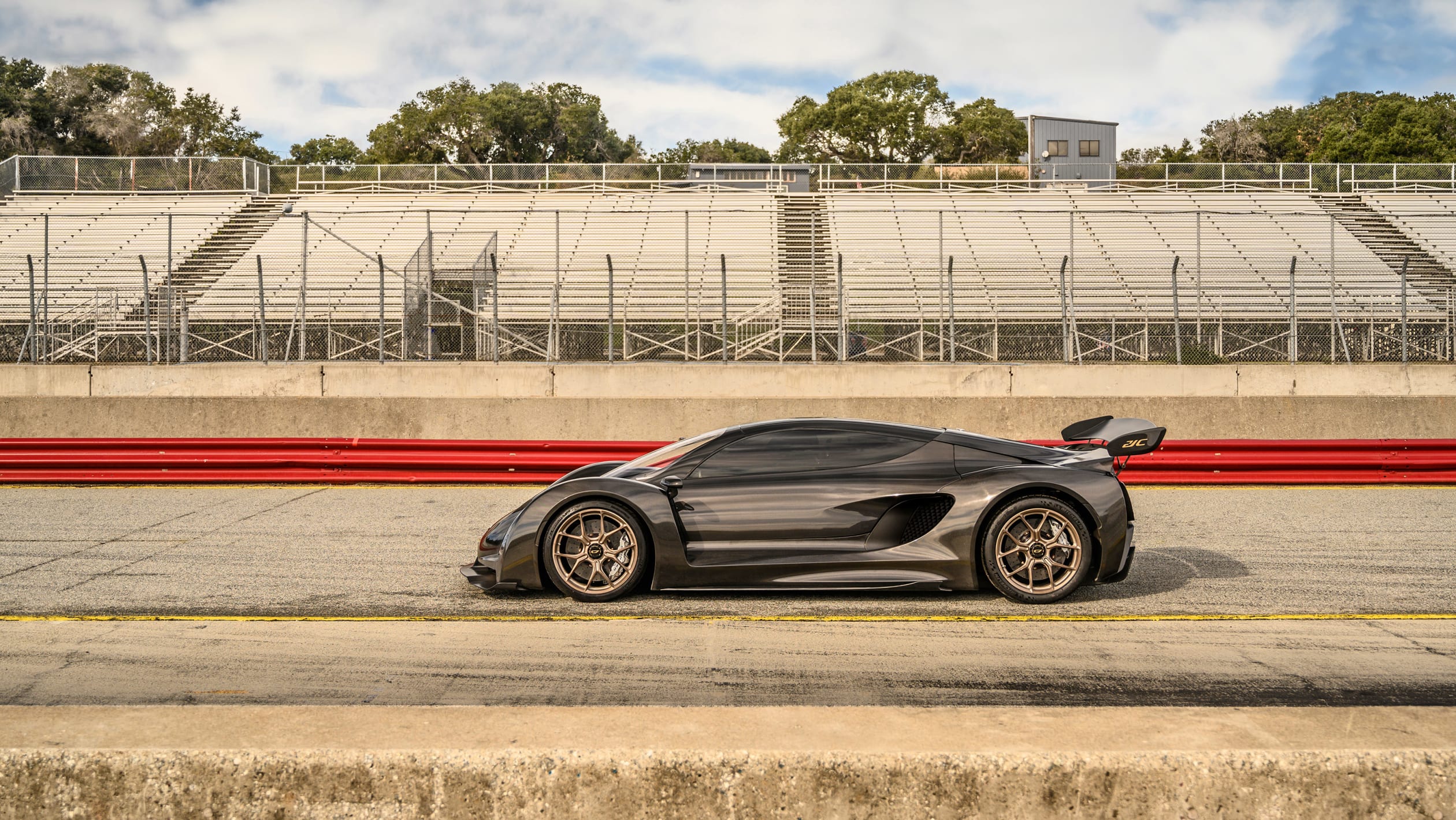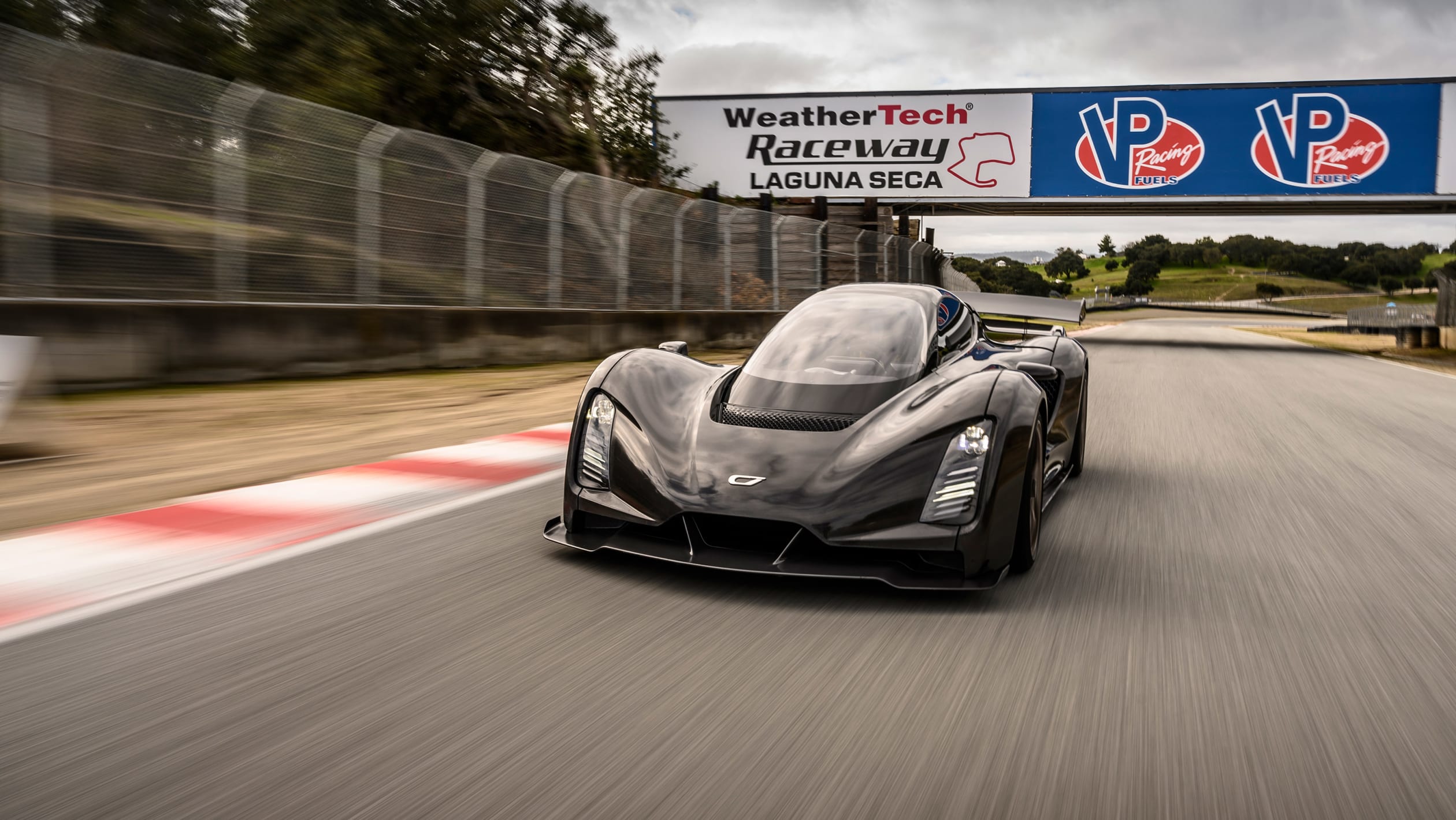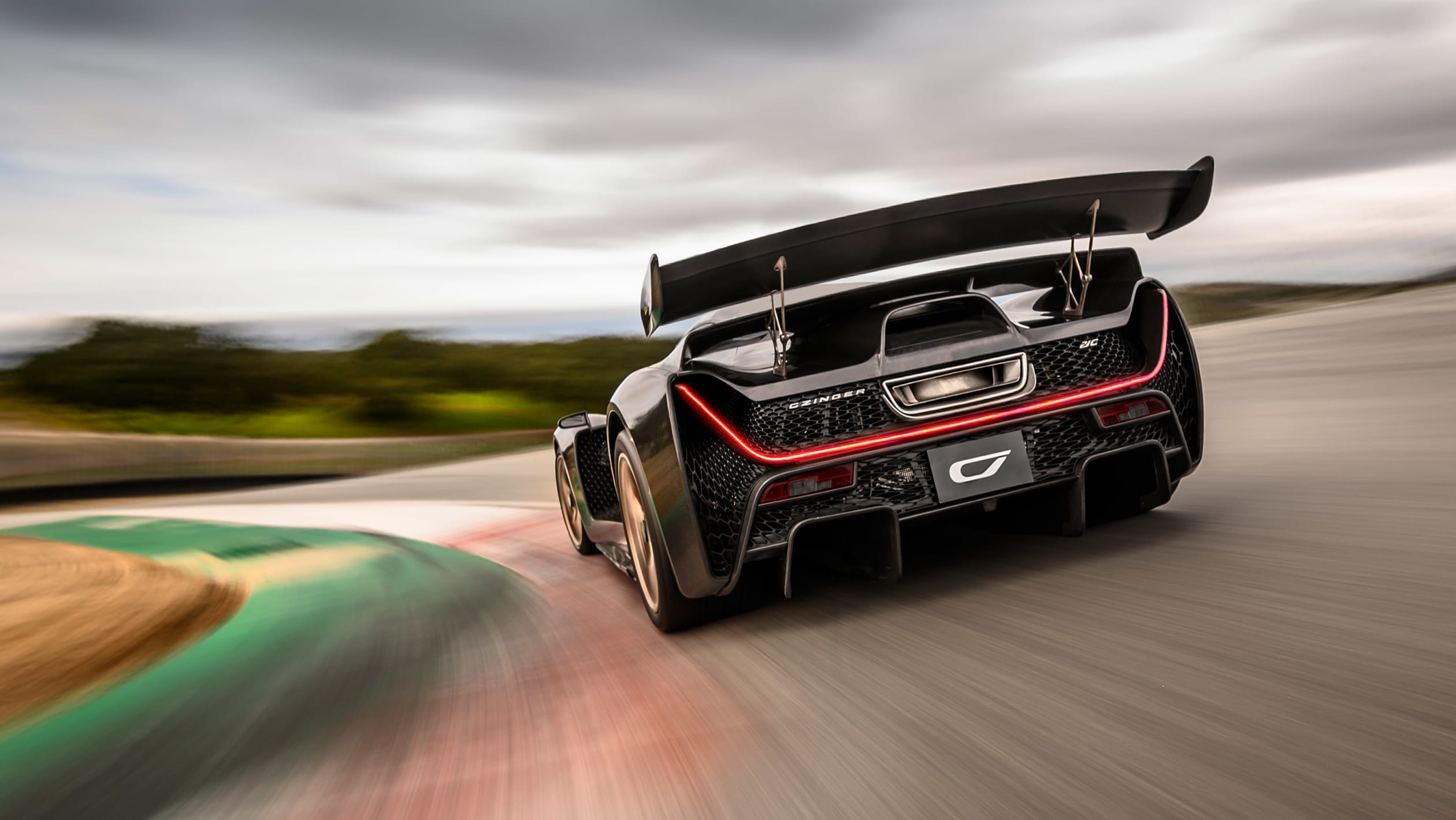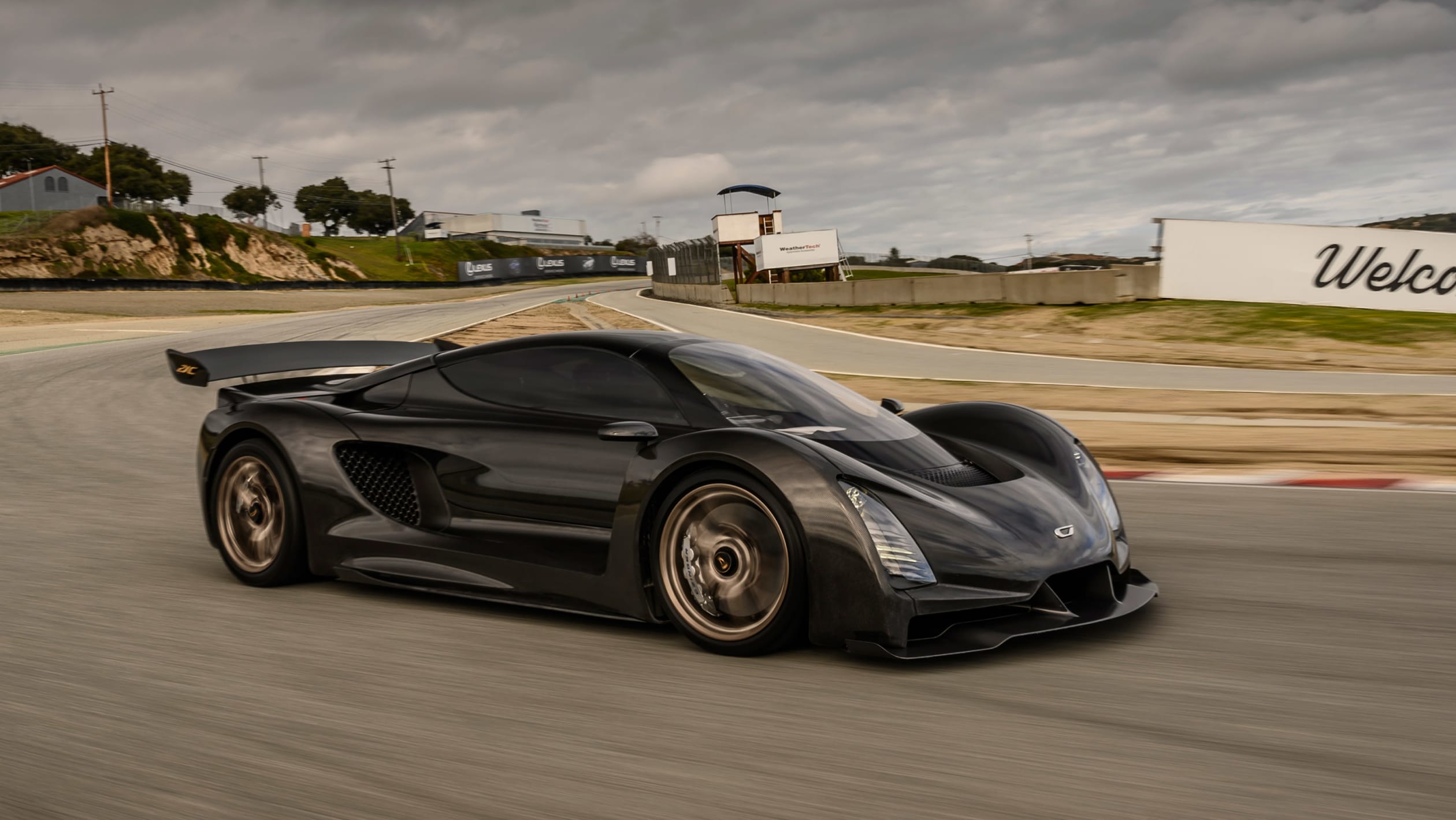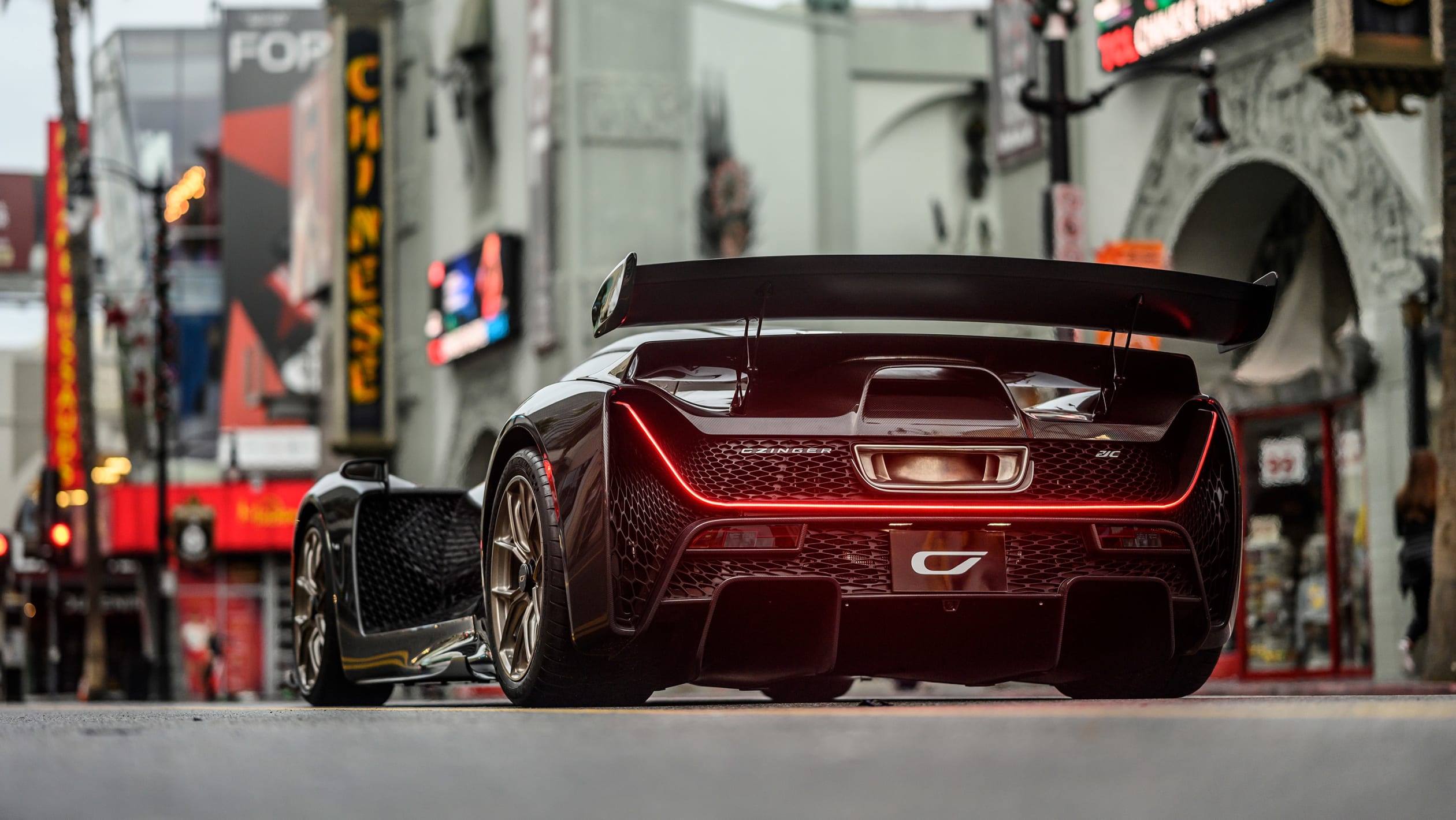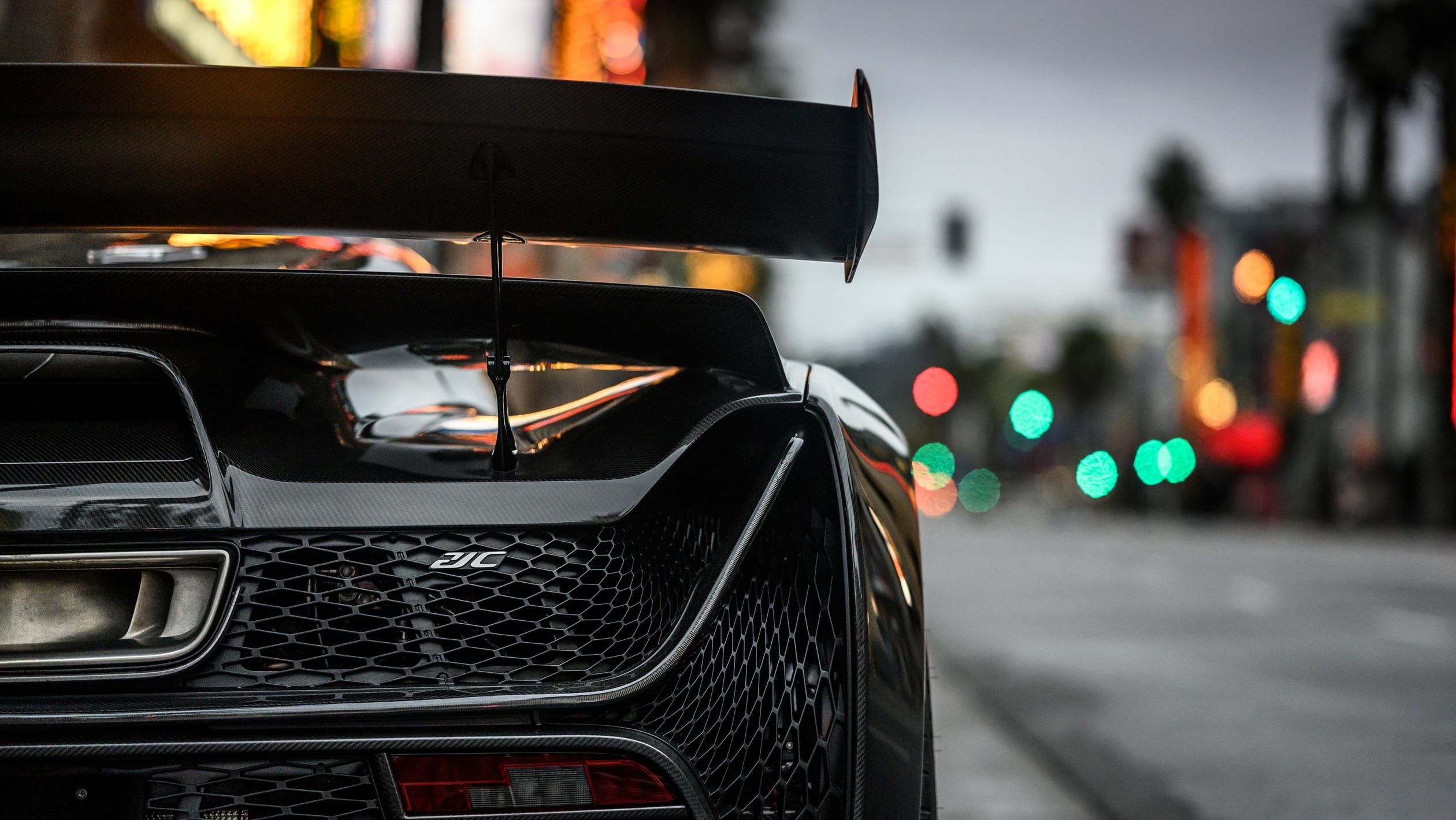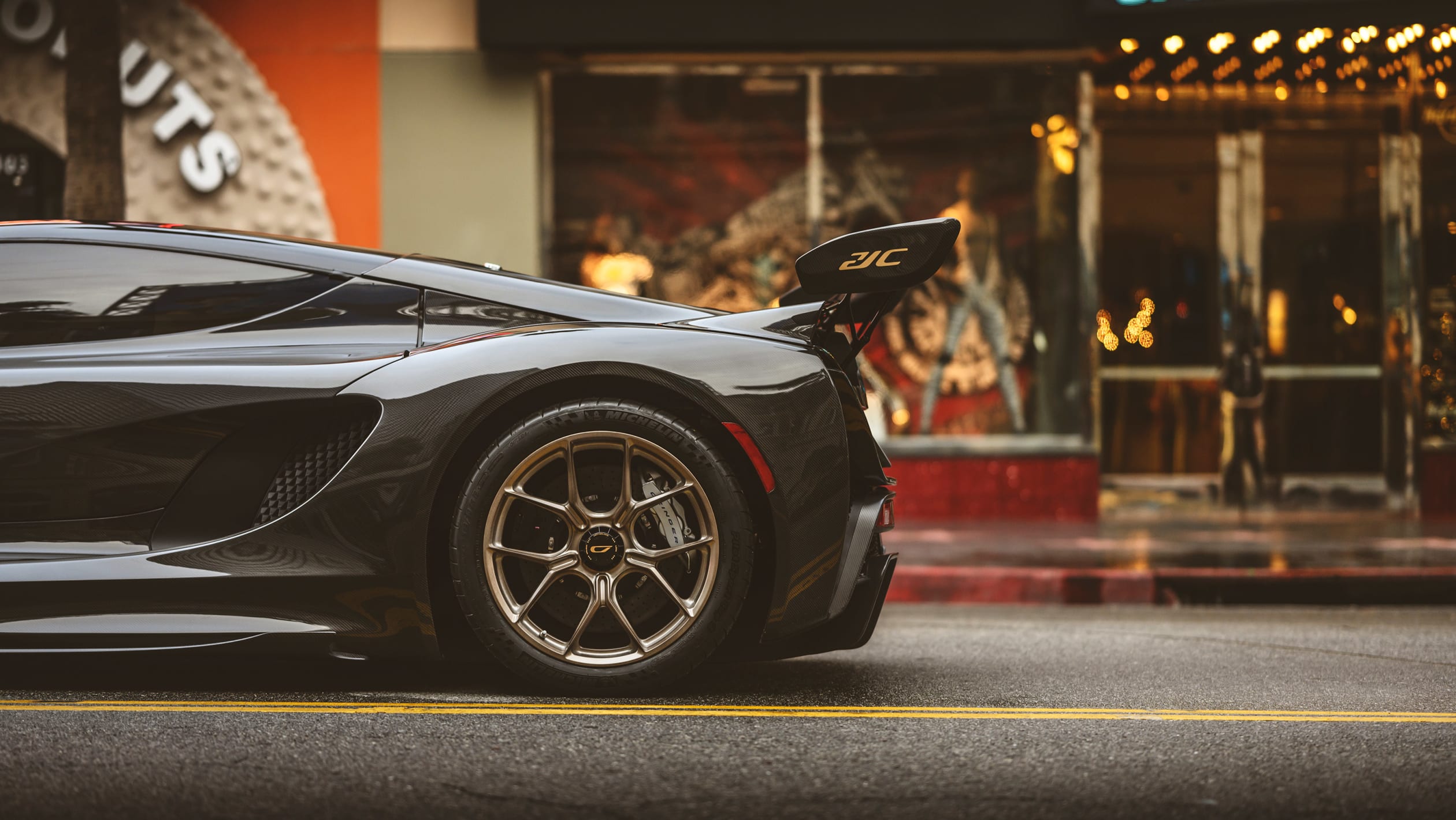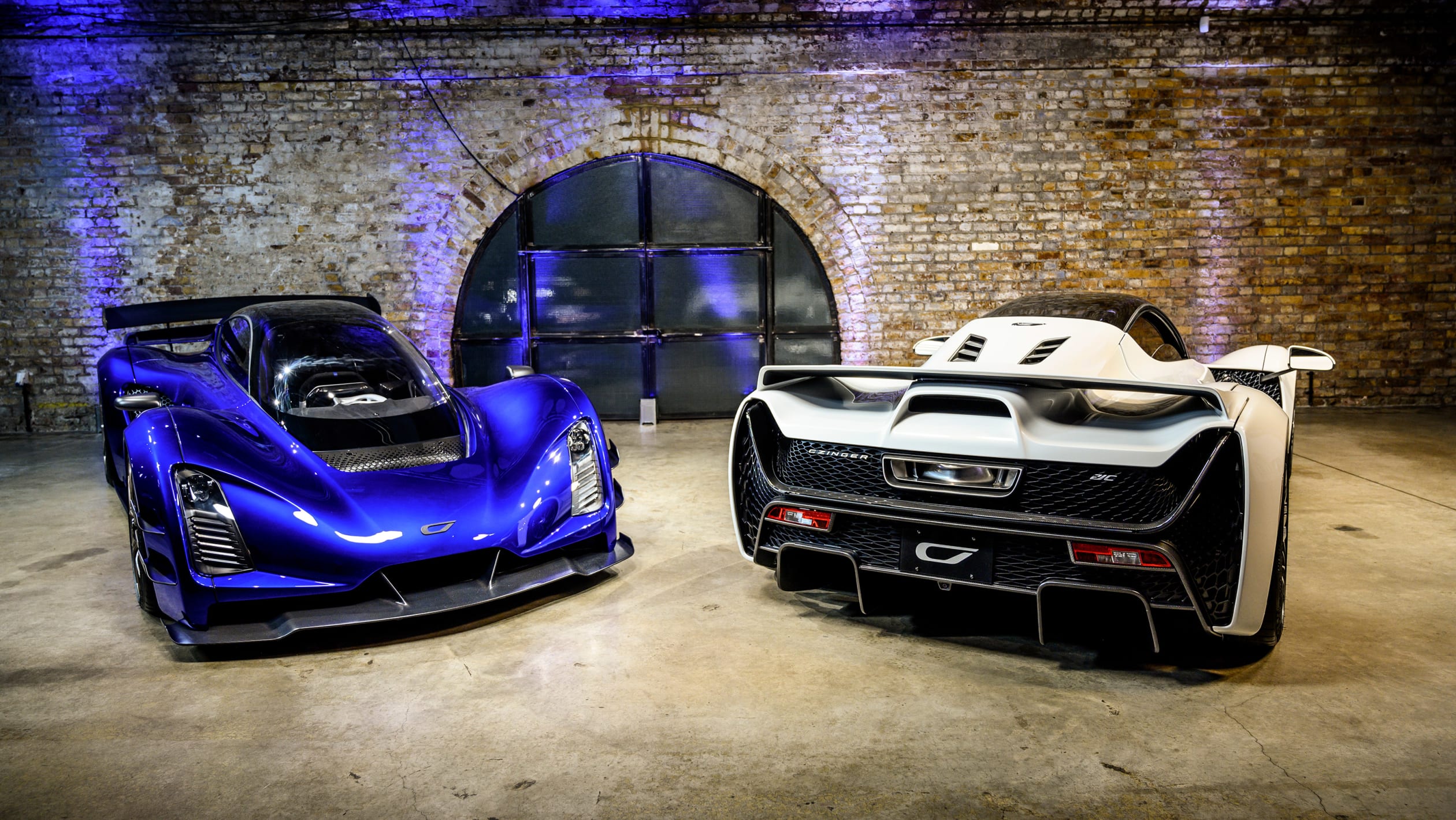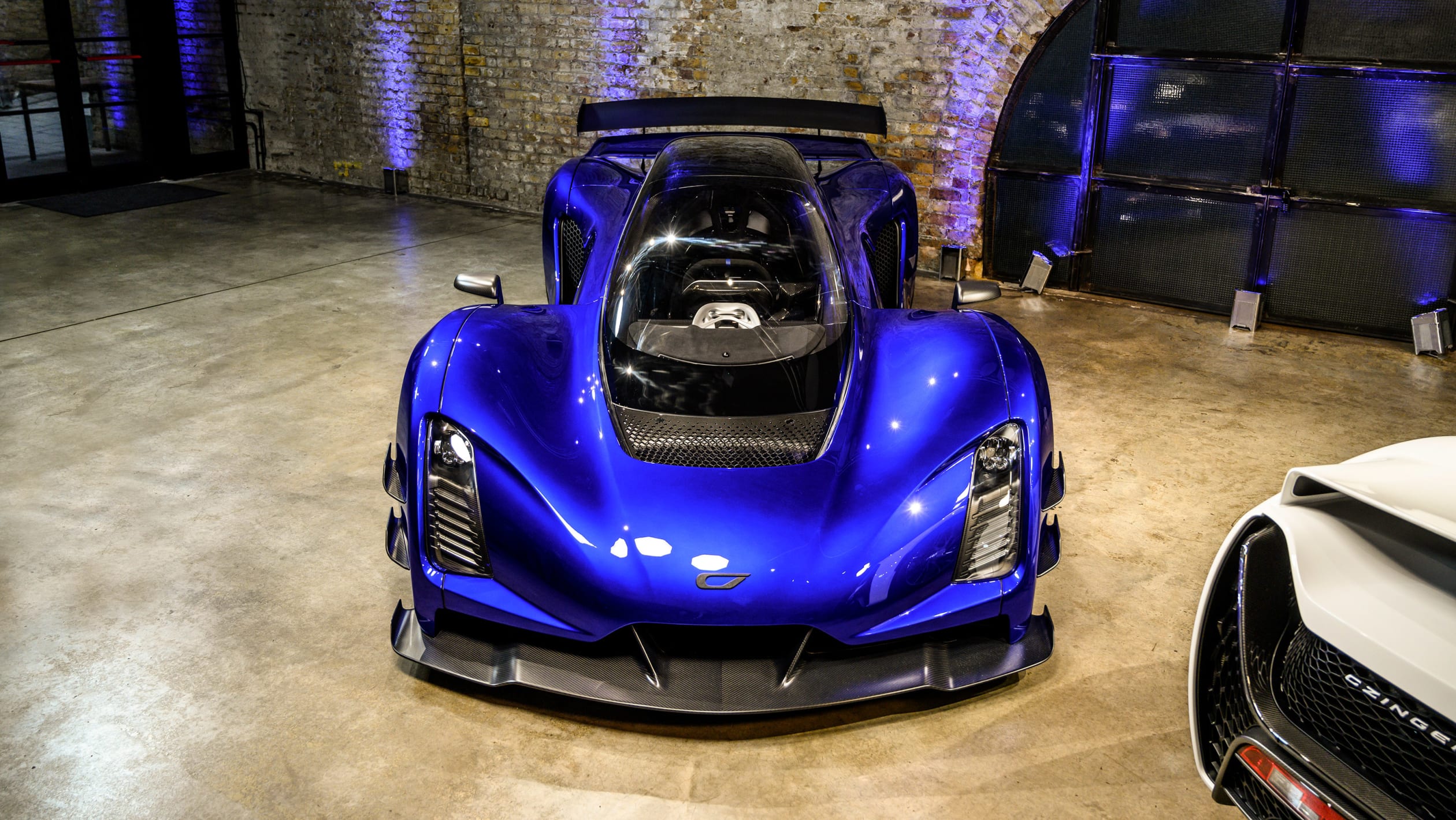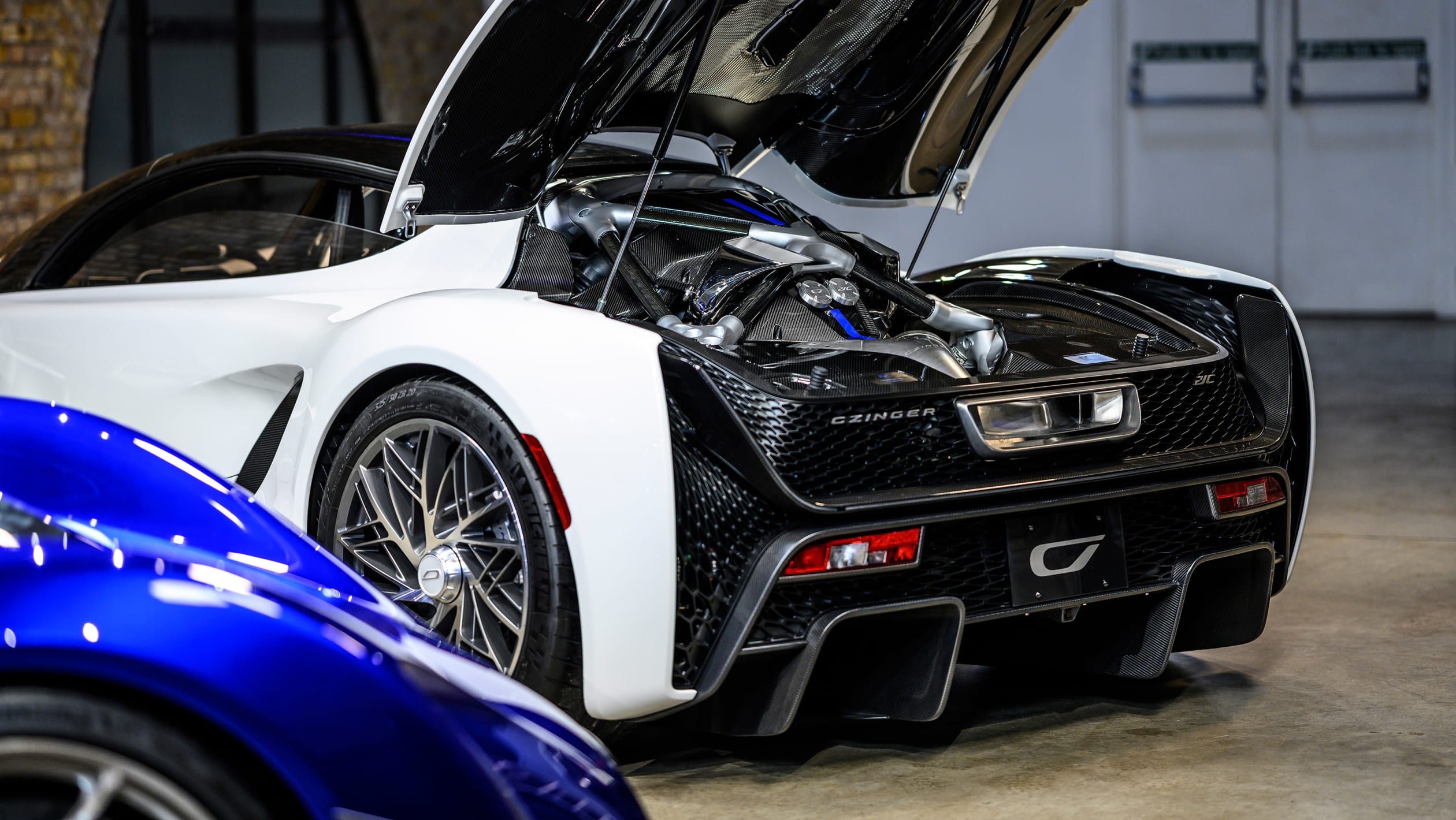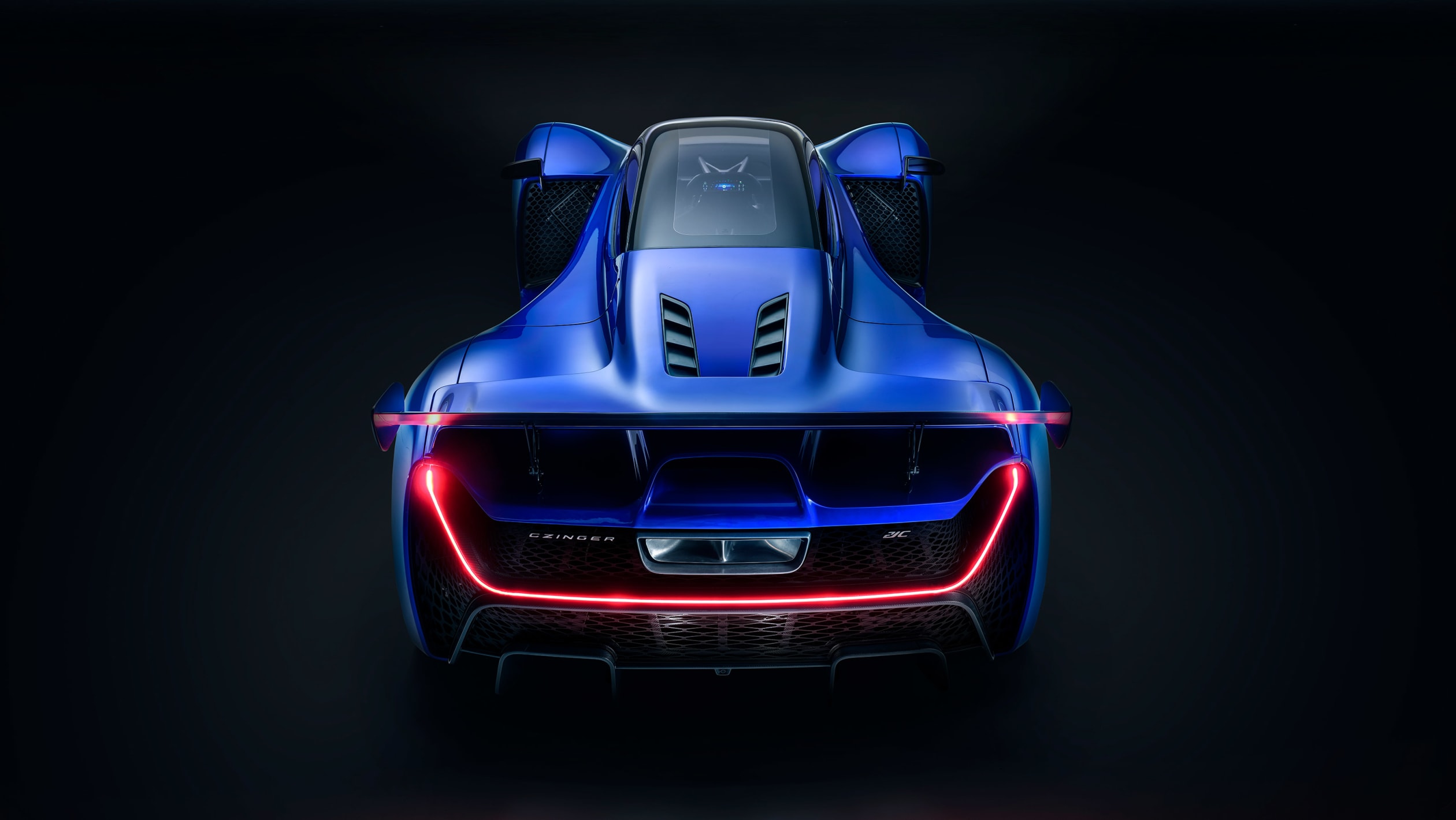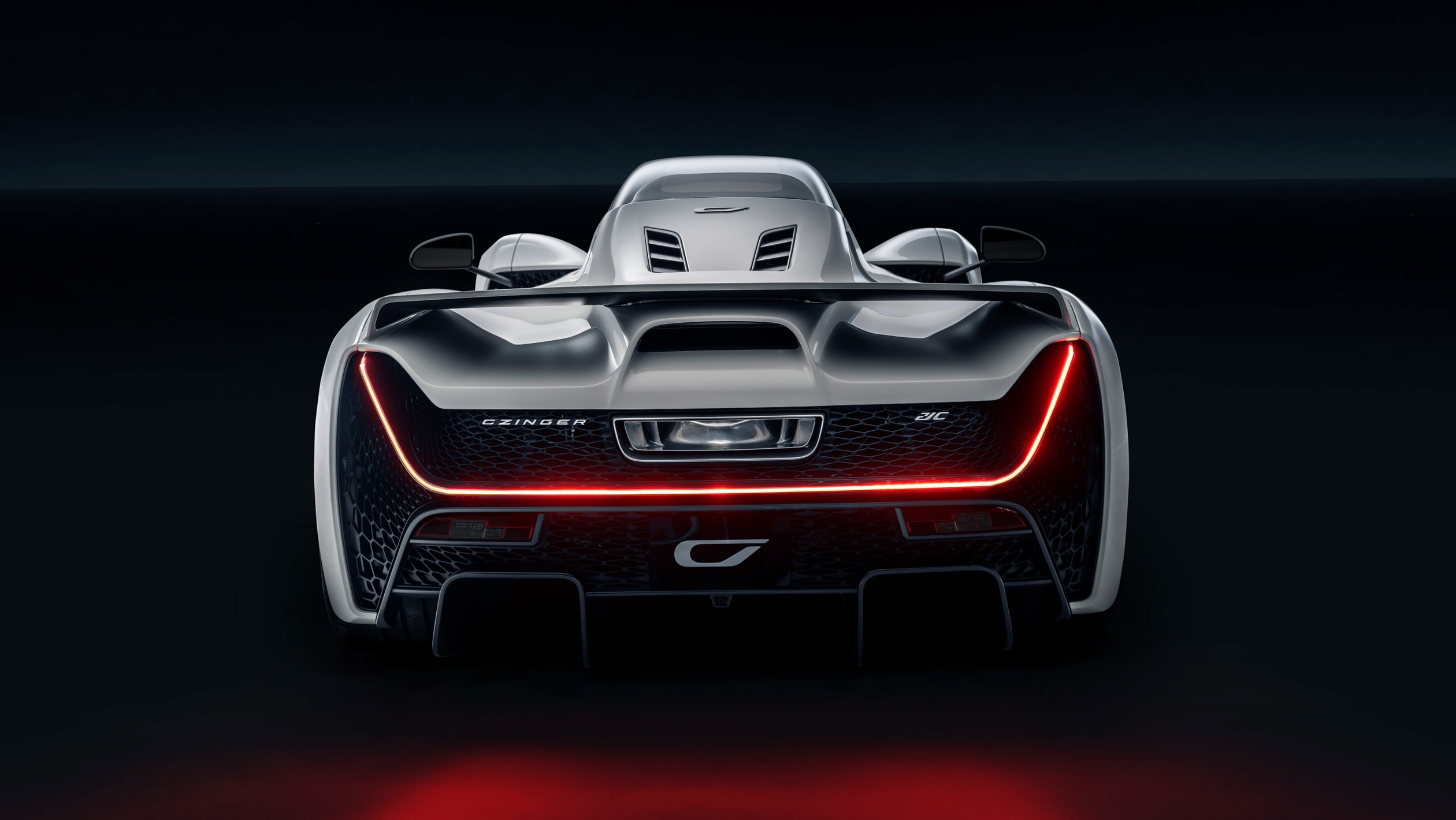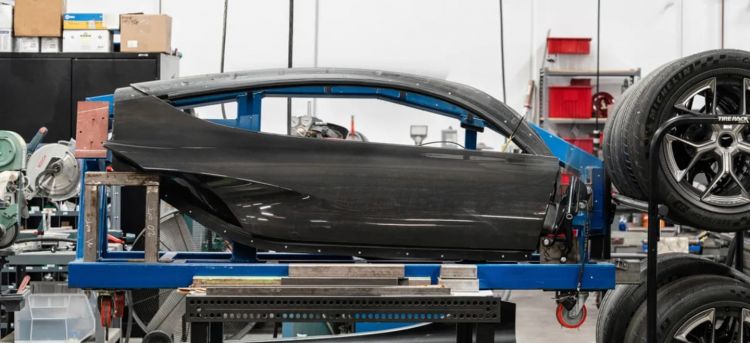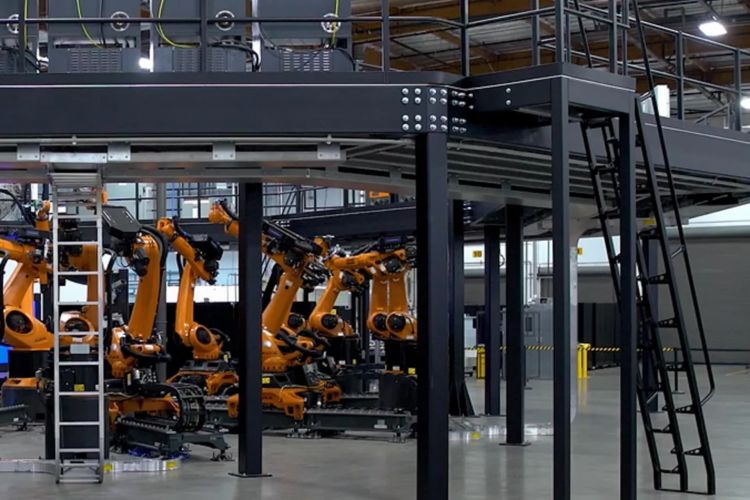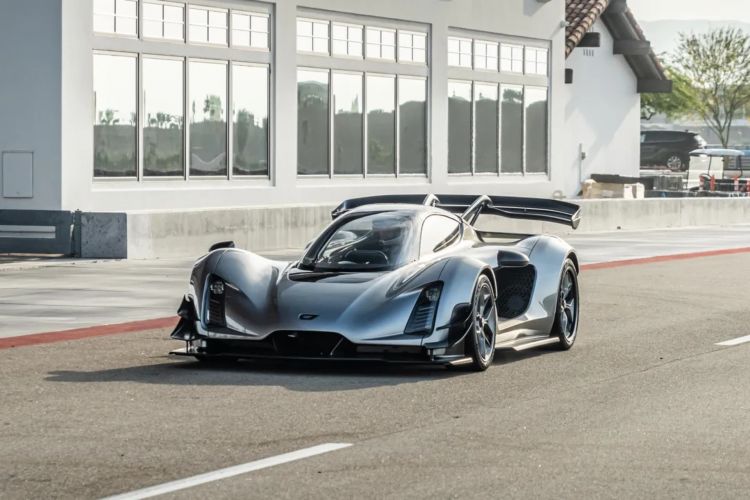Aquí está la asombrosa tecnología detrás del Hypercar Czinger 21C
26 DE DICIEMBRE DE 2020
Czinger, un jugador relativamente nuevo en el campo de los hipercoches en constante crecimiento, se está diferenciando de su competencia no solo con un rendimiento alucinante, sino también con procesos de fabricación revolucionarios.
Su hiperdeportivo 21C tiene una transmisión híbrida que utiliza un motor V8 de manivela plano plano de 2,88 litros y 11.000 rpm combinado con dos motores eléctricos. Todo el sistema produce 1.233 CV y permite que el 21C pase de 0 a 60 en 1,9 segundos y alcance una velocidad máxima de 431 km / h (268 mph).
Todo eso puede ser impresionante, pero en una industria donde la hibridación y la electrificación son cada vez más comunes, los fabricantes deben encontrar otras formas de diferenciarse de la competencia. Ahí es donde entran en juego los innovadores procesos de fabricación de Czinger.
Todo eso puede ser impresionante, pero en una industria donde la hibridación y la electrificación son cada vez más comunes, los fabricantes deben encontrar otras formas de diferenciarse de la competencia. Ahí es donde entran en juego los innovadores procesos de fabricación de Czinger.
Diseño
La primera es una combinación de ingeniería computacional y diseño generativo, utilizando una computadora para optimizar piezas para un propósito dado dentro de un conjunto de restricciones. Dichas restricciones incluyen cosas como peso, resistencia, tamaño, material y puntos de montaje. Posteriormente, se ingresarían en la computadora, y devolvería la parte más liviana y fuerte en función de las restricciones dadas al averiguar exactamente dónde debe estar el material y dónde no.
Esto da como resultado algunos diseños muy orgánicos, casi extraterrestres que son tan ligeros y fuertes como distintivos. La ingeniería dicta el diseño del automóvil, lo que significa que la apariencia del 21C se parece un poco a la de un prototipo de Le Mans, con una cabina y una carrocería llenas de burbujas que cubren elegantemente la mecánica.
 Fabricación
Fabricación
La siguiente táctica única empleada por Czinger es un uso extensivo de
la impresión 3D , también conocida como fabricación aditiva. Aparte de toda la fibra de carbono,
gran parte del 21C está hecho de aleaciones de aluminio y titanio. Dado que los diseños de las piezas de ingeniería computacional son tan complejos, sería casi imposible mecanizar o fundir ese metal en estructuras tan complicadas.
Es por eso que Czinger recurre a un proceso de fabricación aditiva conocido como Sinterización de Capa Selectiva (SLS). Funciona mediante el uso de un láser para solidificar o sinterizar el metal en polvo capa por capa hasta lograr una pieza terminada. Si bien SLS no es una tecnología patentada de Czinger, su uso en el contexto de sus productos es un movimiento muy avanzado.
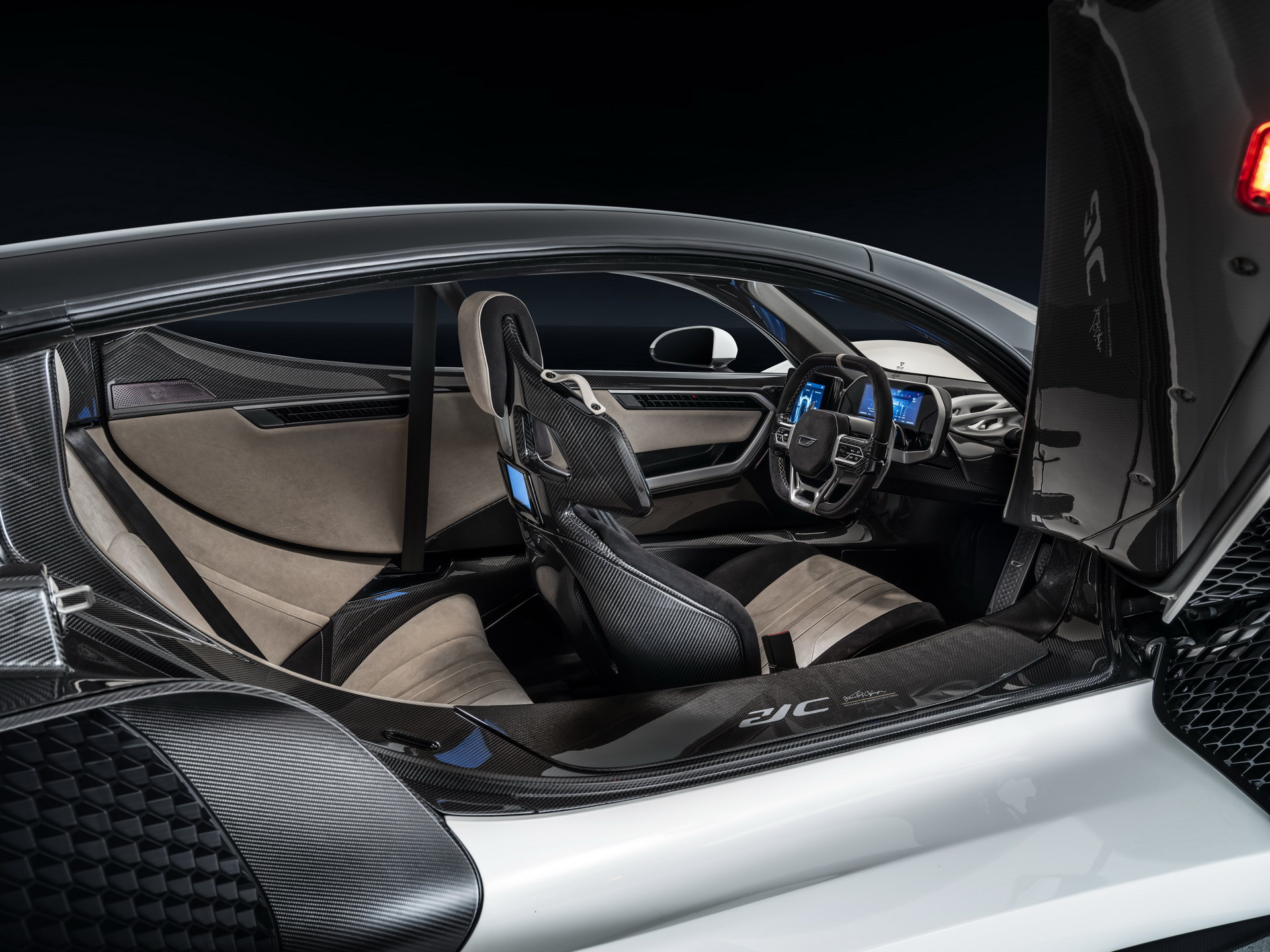 Montaje
Montaje
El último de los procesos innovadores de Czinger es su método de montaje. Han desarrollado algo llamado Unidad Automatizada (AU), que utiliza un método único llamado ensamblaje vertical. Cada AU es un sistema de brazos robóticos que trabajan en sincronía entre sí para ensamblar los autos. Algunos brazos sostendrán un chasis y lo girarán según sea necesario, mientras que otros sujetarán piezas al vehículo. También debe tenerse en cuenta que la UA puede hacer todo esto sin la necesidad de supervisión humana.
Otro beneficio del sistema AU es su versatilidad. Debido a que cada AU es su propia unidad autónoma y completamente computarizada, cada una se puede reprogramar y / o escalar para satisfacer las demandas de cualquier trabajo. Además de todo lo demás, cuesta solo una fracción de lo que costaría una línea de montaje convencional, lo que la hace no solo más avanzada y versátil, sino también más barata.
El enfoque de Czinger está en una escala relativamente pequeña en este momento, con solo 80 21C planeando producirse, pero con la capacidad de escalar sus procesos, toda esa tecnología revolucionaria podría eventualmente filtrarse y llegar a las masas. El día que llega es el día en que vemos un gran cambio en la industria del automóvil, uno en el que las personas son eliminadas y reemplazadas por máquinas increíblemente avanzadas y eficientes.
------------------------
Here’s The Amazing Technology Behind The Czinger 21C Hypercar
DECEMBER 26, 2020
Czinger, a relatively new player in the ever-growing hypercar field, is setting themselves apart from their competition not only with mind-boggling performance, but also revolutionary manufacturing processes.
Their
21C hypercar has a hybrid drivetrain that utilizes an 11,000 rpm, 2.88L flat-plane crank V8 paired with two electric motors. The whole system produces 1,233 hp and allows the 21C to go from 0-60 in 1.9 seconds and on to a top speed of 268 mph (431 km/h).
All of that may be impressive, but in an industry where hybridization and electrification are becoming increasingly common, manufacturers need to find other ways to differentiate themselves from the competition. That’s where Czinger’s innovative manufacturing processes come in.
All of that may be impressive, but in an industry where hybridization and electrification are becoming increasingly common, manufacturers need to find other ways to differentiate themselves from the competition. That’s where Czinger’s innovative manufacturing processes come in.
Design
The first is a mix of computational engineering and generative design, using a computer to optimize parts for a given purpose within a set of constraints. Such constraints include things like weight, strength, size, material, and mounting points. They would be subsequently input into the computer, and it would return the lightest, strongest part based on the given constraints by figuring out exactly where material does and does not need to be.
This results in some very organic, almost alien-like designs that are as light and strong as they are distinctive. The engineering dictates the design of the car, which means the appearance of the 21C somewhat resembles that of a Le Mans prototype, with a bubbled cockpit and bodywork that’s elegantly draped over the mechanicals.
Manufacturing
The next unique tactic employed by Czinger is an extensive use of
3D printing, also known as additive manufacturing. Aside from all the carbon fiber,
much of the 21C is made of aluminum alloys and titanium. Since the designs of the computationally engineered parts are so complex, it would be almost impossible to machine or cast that metal into such complicated structures.
That is why Czinger instead resorts to an additive manufacturing process known as Selective Layer Sintering (SLS). It works by using a laser to solidify, or sinter, powdered metal layer by layer until a finished part is achieved. While SLS is not a proprietary technology of Czinger’s, its usage in the context of their products is a very forward-thinking move.
Assembly
The last of Czinger’s innovative processes is their assembly method. They’ve developed something called an Automated Unit (AU), which uses a unique method called vertical assembly. Each AU is a system of robotic arms all working in sync with each other to assemble the cars. Some arms will be holding a chassis and rotating it as necessary, while others attach parts to the vehicle. It should also be noted that the AU can do all of this without the need for human supervision.
Another benefit of the AU system is its versatility. Because each AU is its own self-contained unit and completely computerized, each one can be reprogrammed and/or scaled to meet the demands of any job. On top everything else, it costs only a fraction of what a conventional assembly line would, making it not only more advanced and versatile, but cheaper too.
Czinger’s approach is on a relatively small scale right now, with just 80 21Cs planning on being produced, but with their processes’ ability to be scaled, all of that revolutionary technology could eventually trickle down and make its way to the masses. The day that comes is the day we see a huge shift in the car industry, one where people are phased out and are replaced by incredibly advanced and efficient machines.


















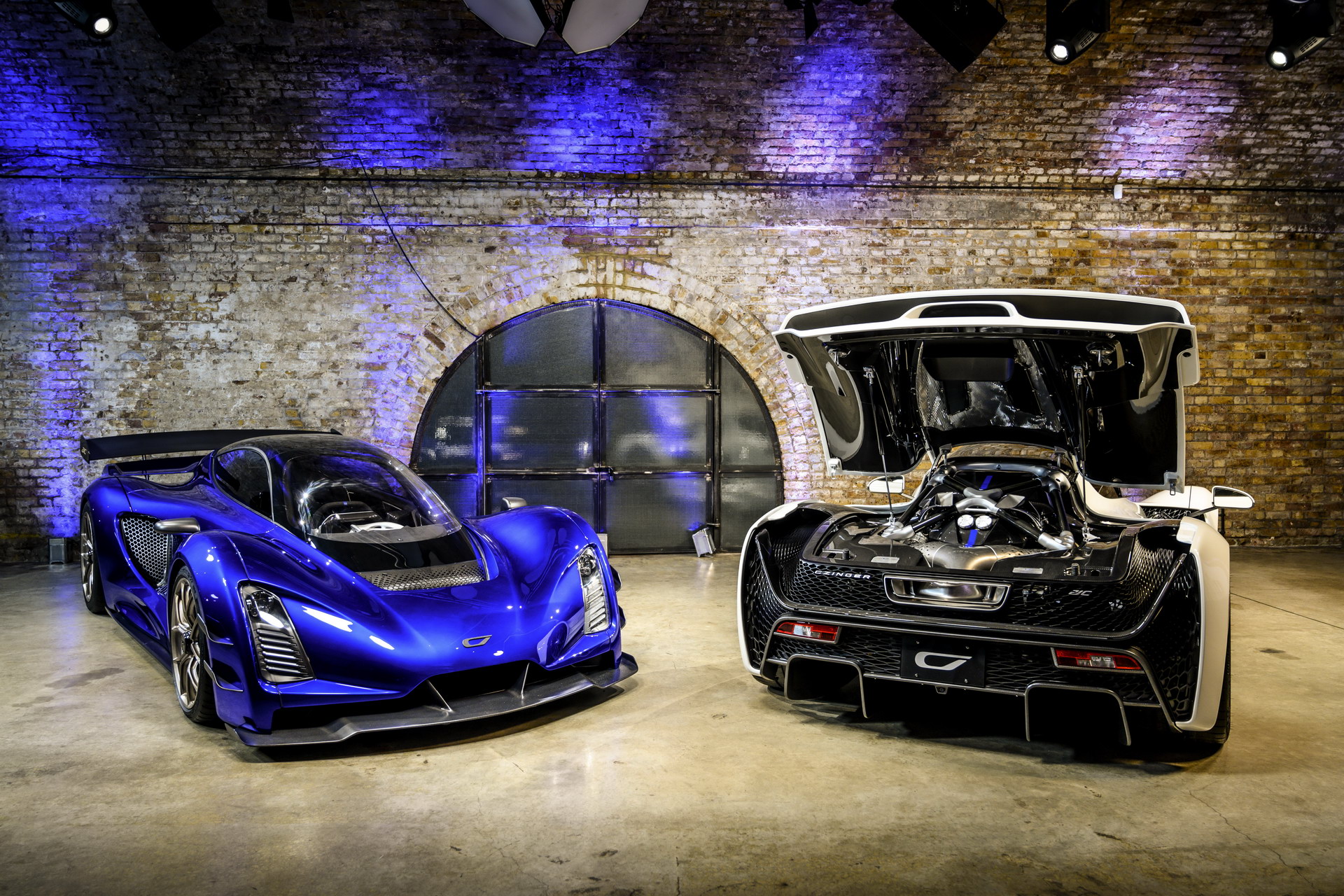


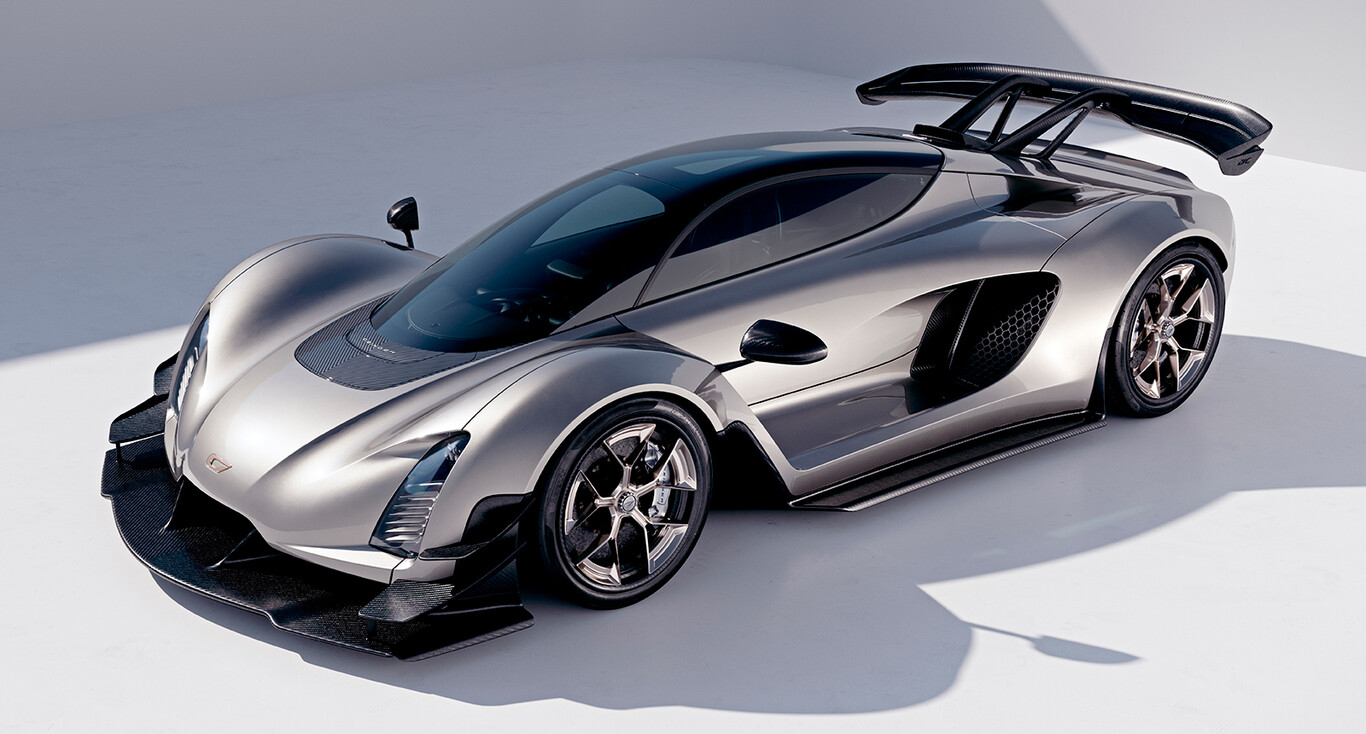





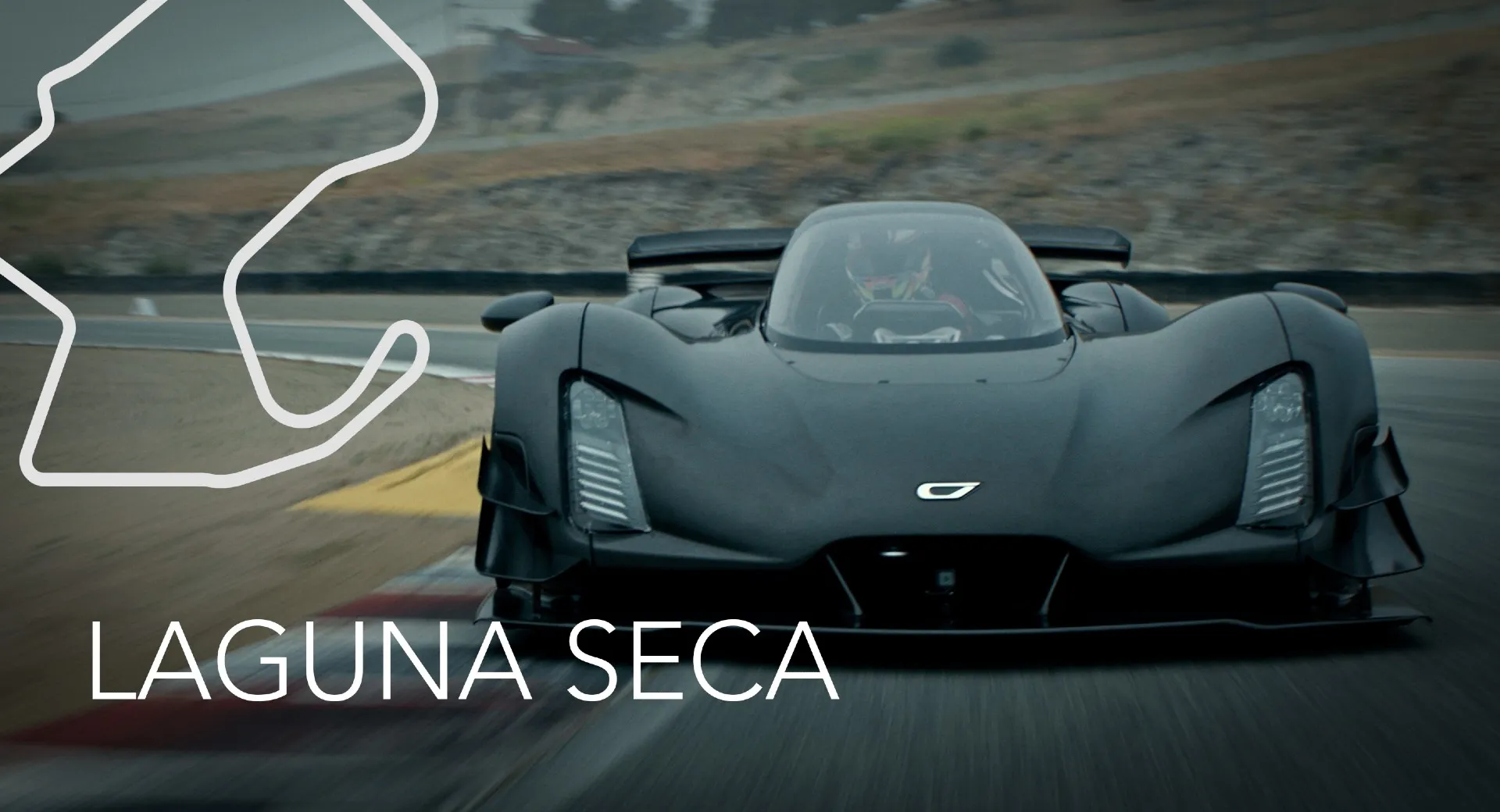
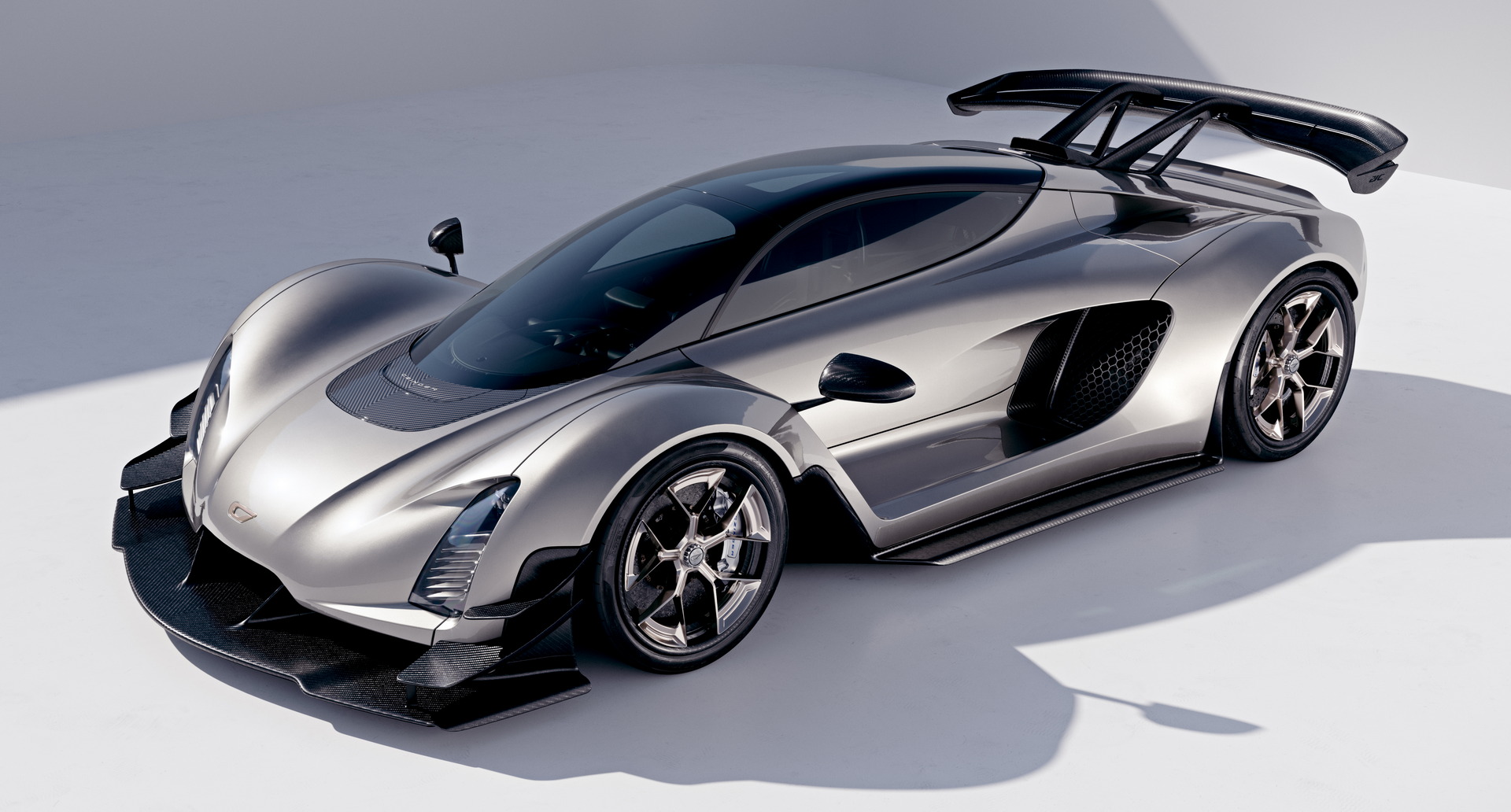
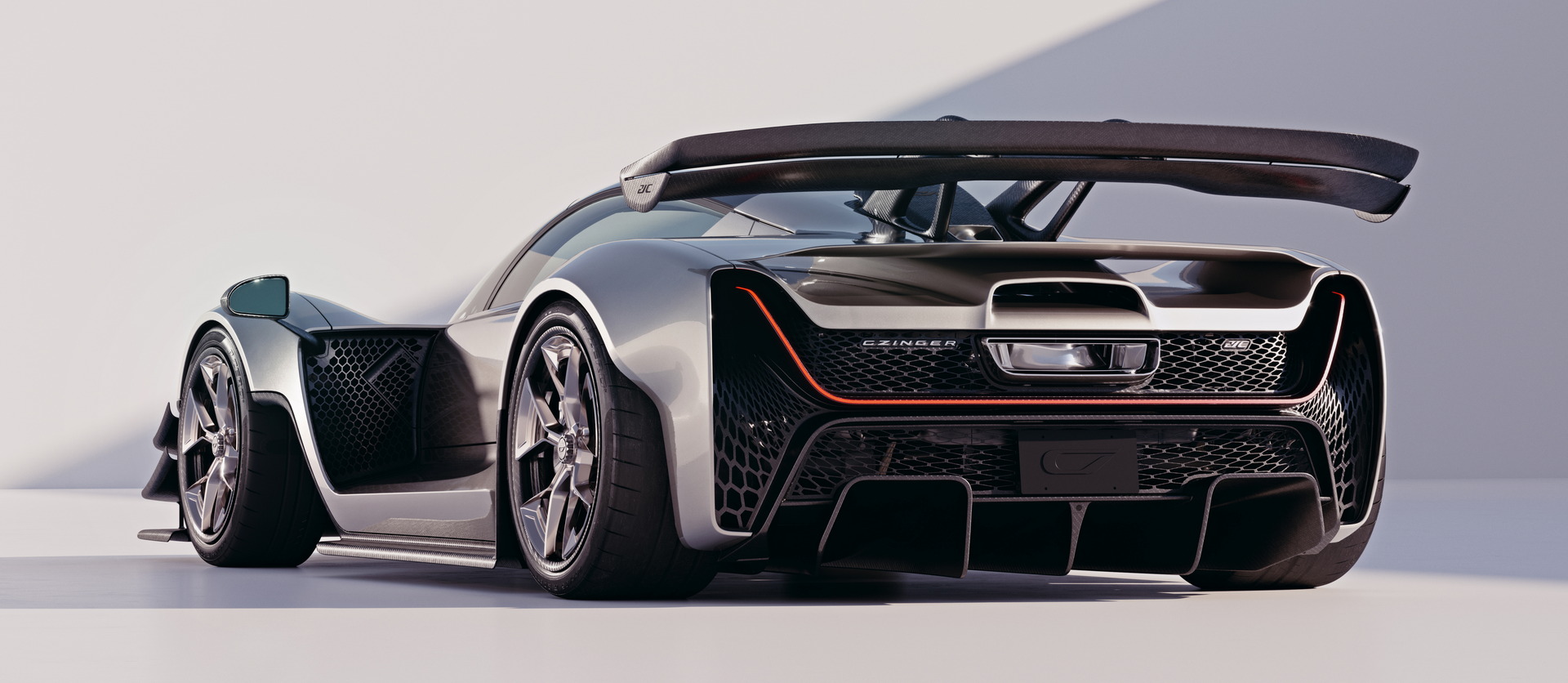





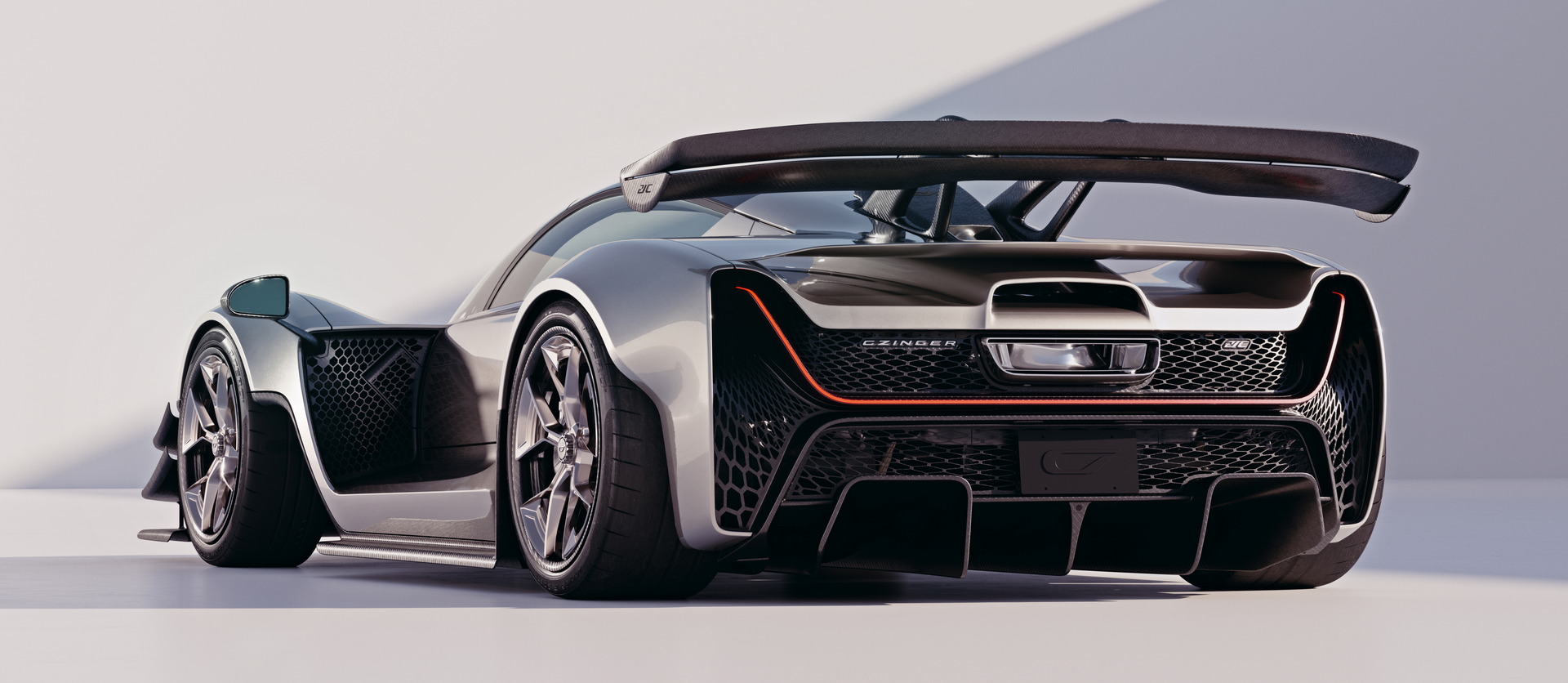

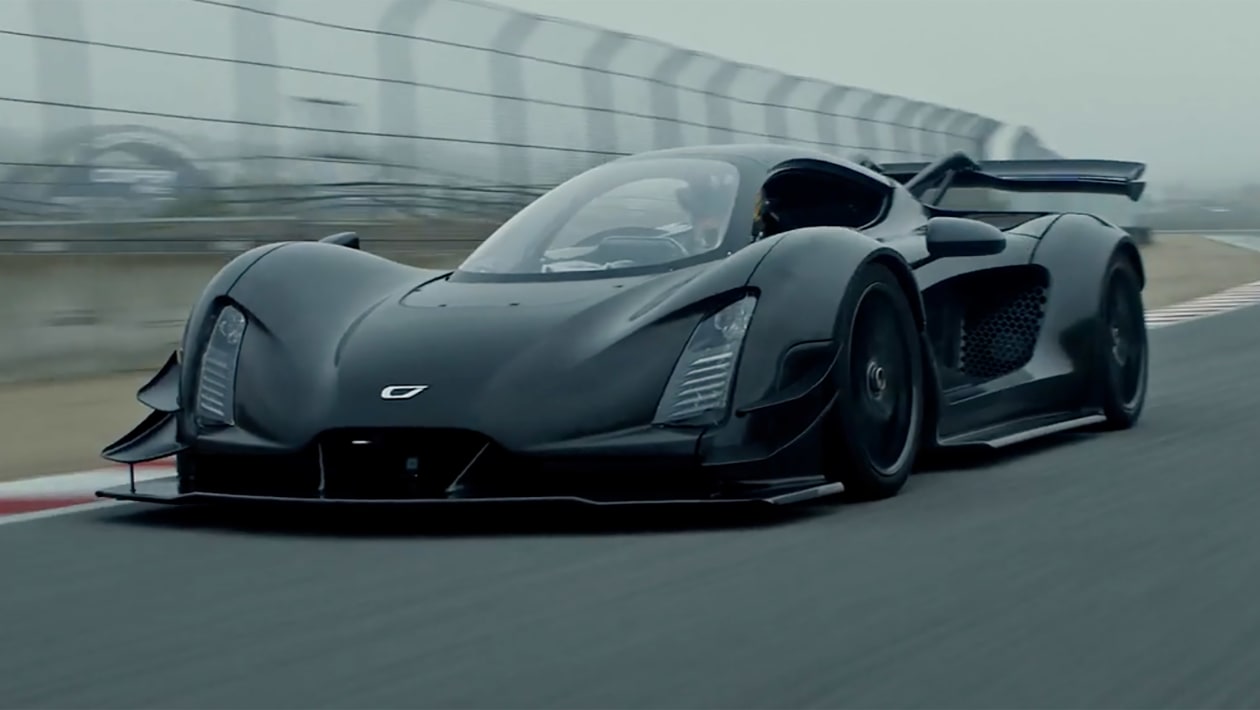 37
37